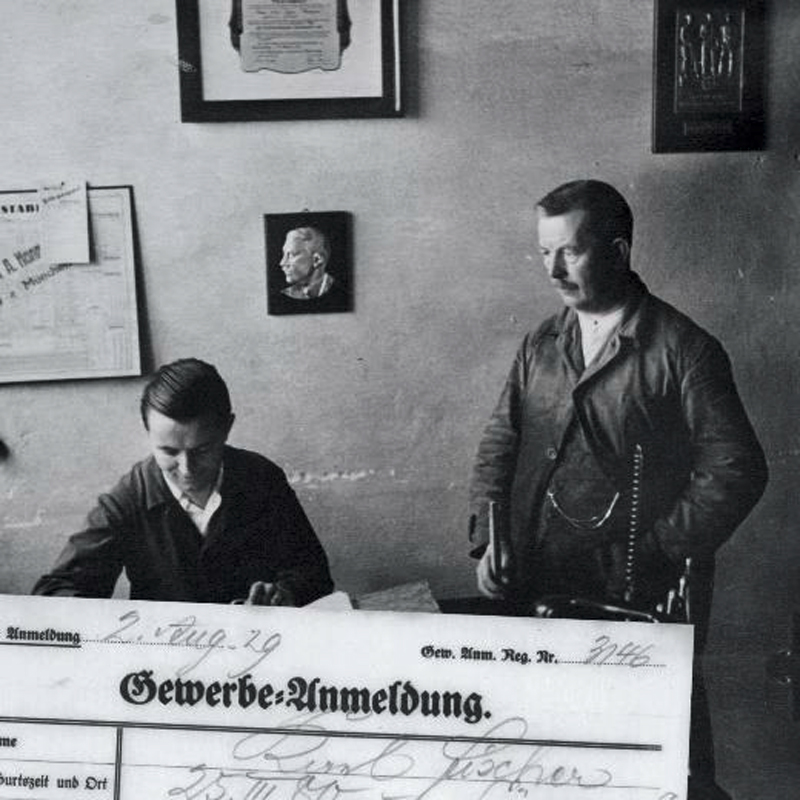
1929
FATHER AND SON FOUND THE KARL FISCHER METAL GOODS FACTORY IN NUREMBERG
"I am now setting up on my own". Like out of the blue, this announcement comes to Lina Fischer from her husband Karl, who up to this point is employed as a master plumber at the Bing-Werke in Nuremberg. Son Kurt follows in his father's footsteps and breaks off his commercial apprenticeship at AEG. Father and son Fischer now begin to manufacture metal letters for illuminated advertising as a two-man business in their tinsmith's shop.
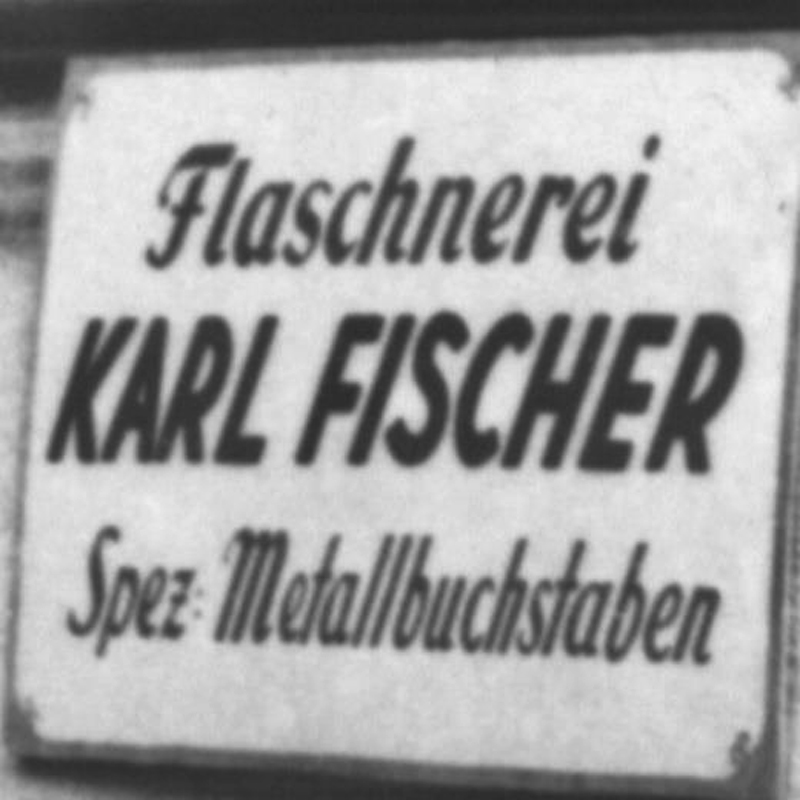
1929 INSIGHT
// At that time, tinsmithing was the name given to the craft of sheet metal processing. As a profession with an independent guild, this craft has been mentioned since about the middle of the 16th century. Until 1987, it still officially bore the title "fine sheet metal worker". Today, this industrial training occupation is called construction mechanic specializing in fine sheet metal construction technology.
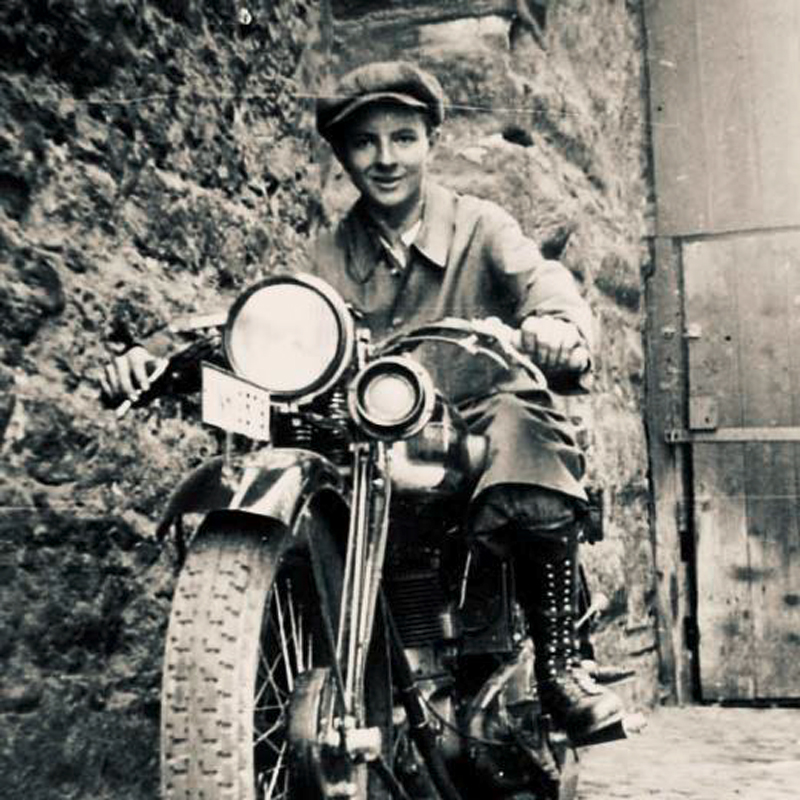
1930
THE FIRST METAL LETTERS TRAVEL BY MOTORBIKE TO THURINGIA
The main customers for the first FISCHER letters are companies in Thuringia. At the time the today's German state of Thuringia was a stronghold of glassblowing and the German centre for illuminated advertising. In the truest sense of the word, the Fischers' best customers sit there and blow glass for neon tubes on their own.
Kurt Fischer drives the first tin letters in the sidecar of his motorcycle to his customers in Thuringia. The fact that FISCHER does not sell its products to end customers itself, but works as a supplier for other companies, is therefore a long tradition which has proven itself from the very beginning
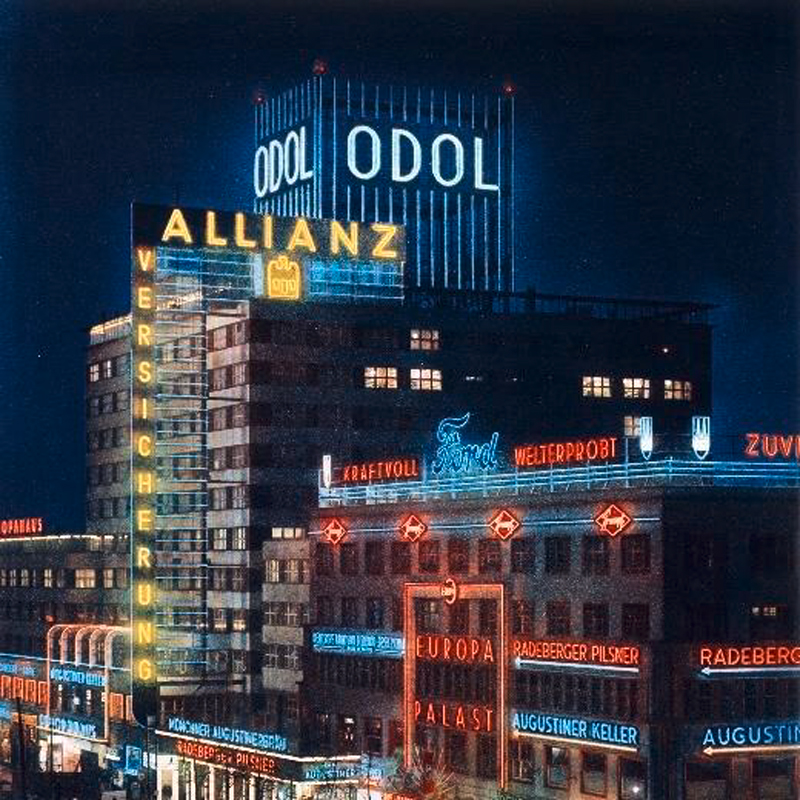
1930 INSIGHT
The thin glass tubes filled with inert gas are the latest achievement in lighting technology. The skilled glassblowers can use them to display any digit or letter. The suitably shaped neon tubes are then installed in the sheet metal housing custom-made at FISCHER, so that a glass - and a sheet metal - becomes an illuminated letter.
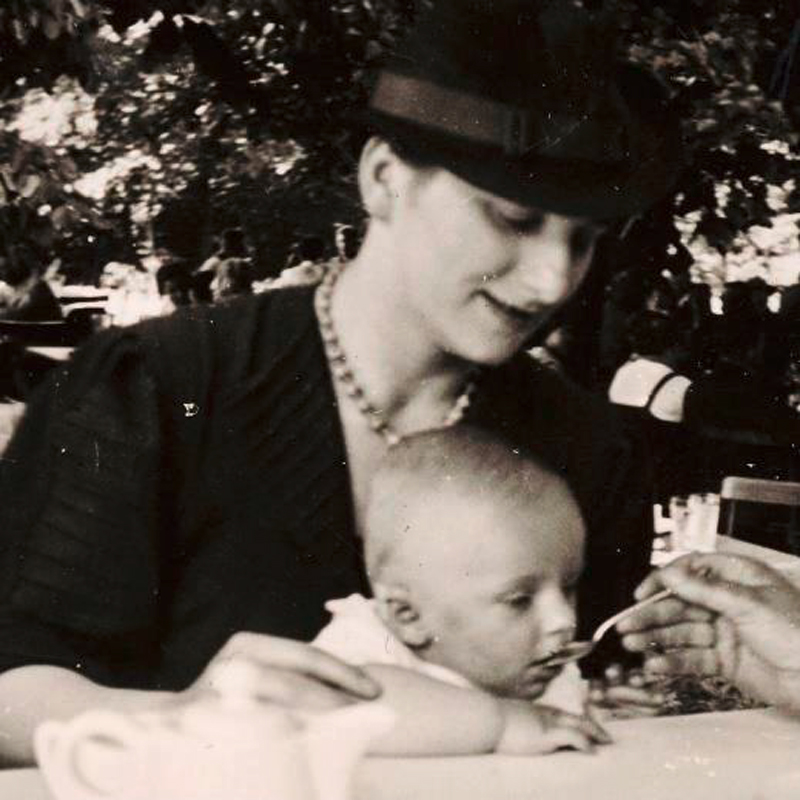
1936
THE FISCHER FAMILY BUSINESS GROWS
In 1934 Kurt Fischer marries his wife Josephine. Two years after the wedding, in 1936, their son, Dieter, is born.
"My grandfather was the craftsman," Dieter Fischer says in conversation. "My father was responsible for the entrepreneurial side."
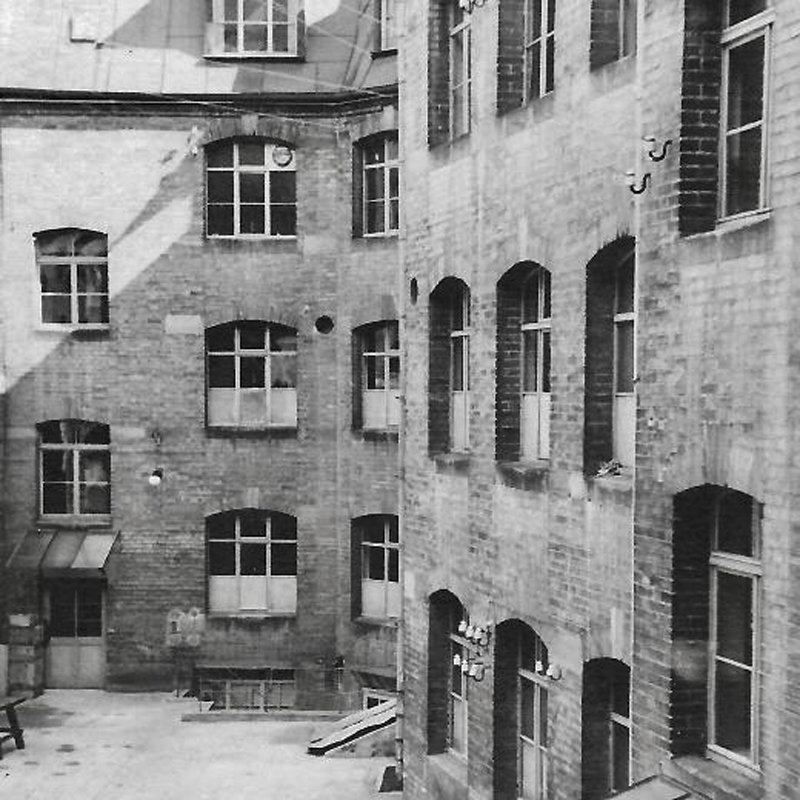
1939
MOVE TO A LARGER FACTORY
In 1939 the growing company moves to the Maxfeld district of Nuremberg. Only two blocks away from the house where the Fischers live and had previously manufactured metal letters, sheet metal parts for the armaments industry are now also manufactured in the rear building of Schlüsselfelderstraße 10 - spread over several floors.
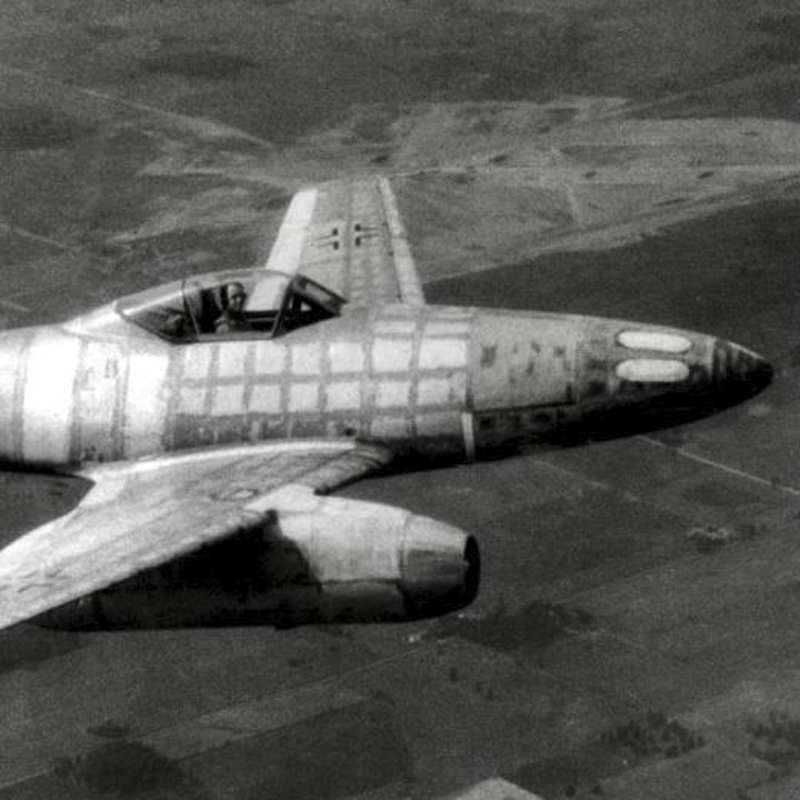
1939 INSIGHT
Mainly armor covers (armor for military vehicles) and leg covers are produced until the end of the Second World War. Leg covers are shell-shaped sheets for the protection of aircraft wheels. Because of their lighter weight, these are usually made of aluminum.
"That's where our experience with aluminium sheeting comes from," says Dieter Fischer, "which we then used in illuminated advertising after the war."
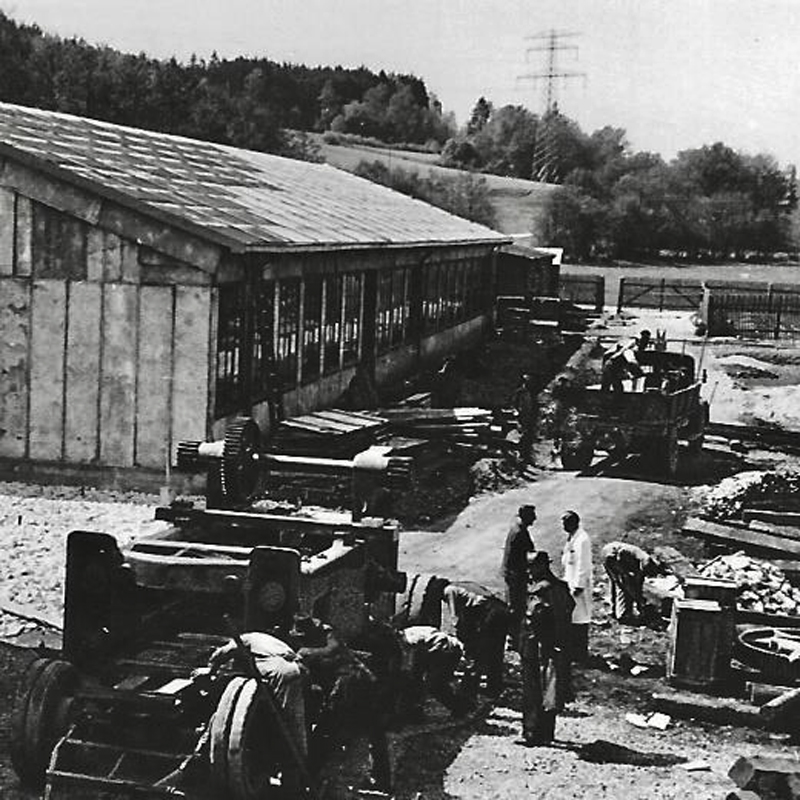
1943
New LOCATION
To prevent the entire company from being destroyed in the event of a bombing raid and all production coming to a standstill in one fell swoop, all companies producing for Germany are obliged to set up a branch factory.
In 1943 Karl and Kurt Fischer start building a new factory on the site of the former bronze mill on the Sulz in Mühlhausen.
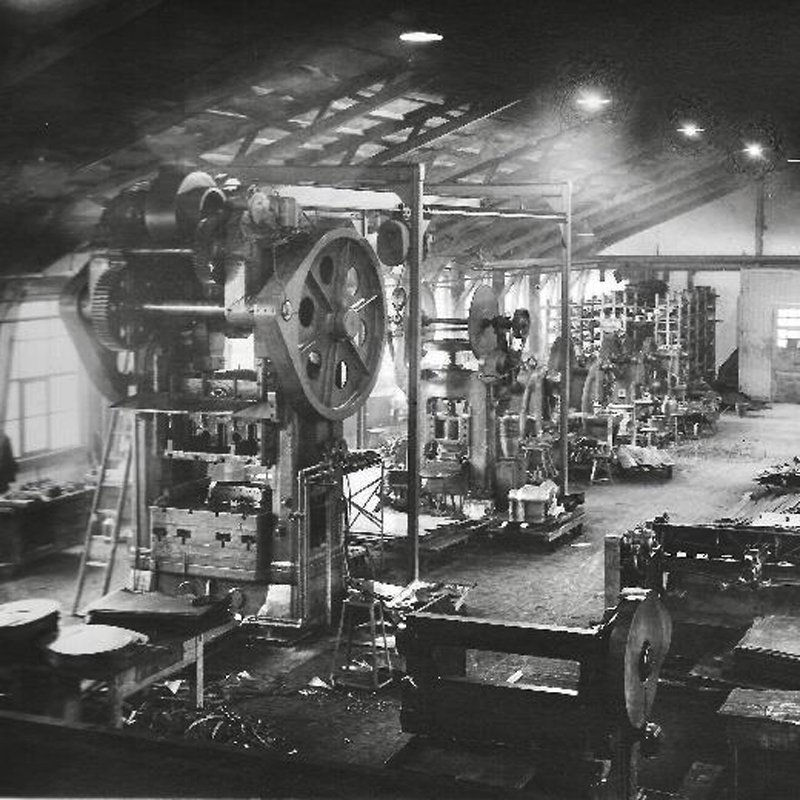
1945
A NEW BEGINNING IN MÜHLHAUSEN
In order to escape the nightly bombardments, which have been increasing since 1943, the entire Fischer family moves to the Upper Palatinate. From then on, Kurt Fischer commutes between the two businesses. In the night of August 10. to 11. 1943 - at the worst bombing raid on Nuremberg before 1945 - the building in Schlüsselfelderstraße is also hit and the company in the rear building is largely destroyed. What could still be saved was moved to Mühlhausen.
The manufacture of metal letters, reliefs and other products that FISCHER had produced before the war is banned after the war, initially until 1948. The ban is intended to ensure that only essential items are manufactured using the scarce commodity of sheet metal.
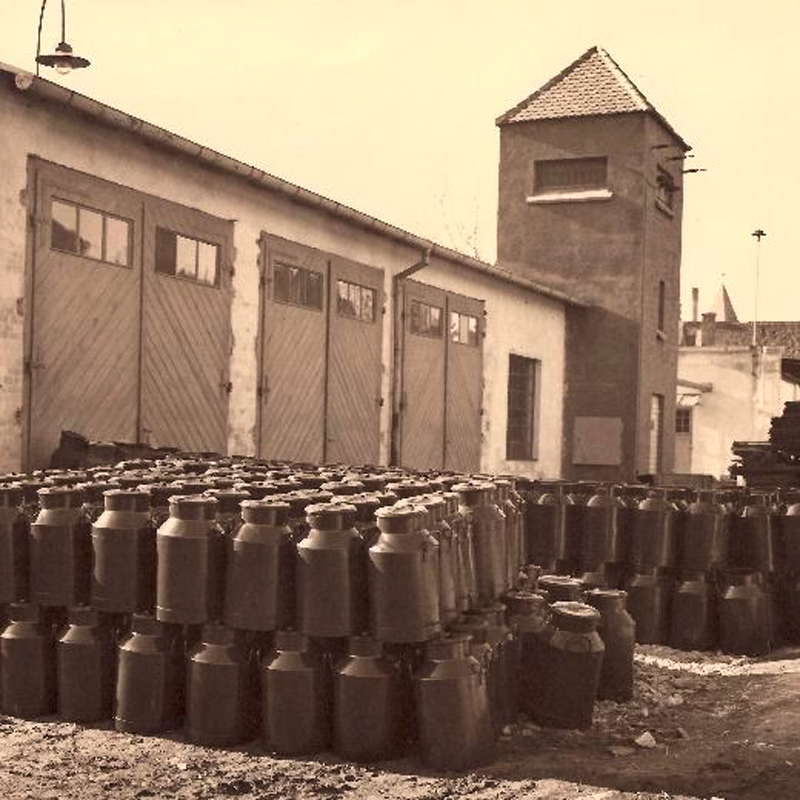
1945 INSIGHT
At the instigation of the Bavarian Ministry of Agriculture, FISCHER begins producing milk buckets and large milk cans for transporting milk in the autumn of 1945. These things are urgently needed after the war. Within a short time, assembly line production is set up and around 80,000 buckets and 3,000 transport cans for 40 litres of milk each are produced and delivered every month.
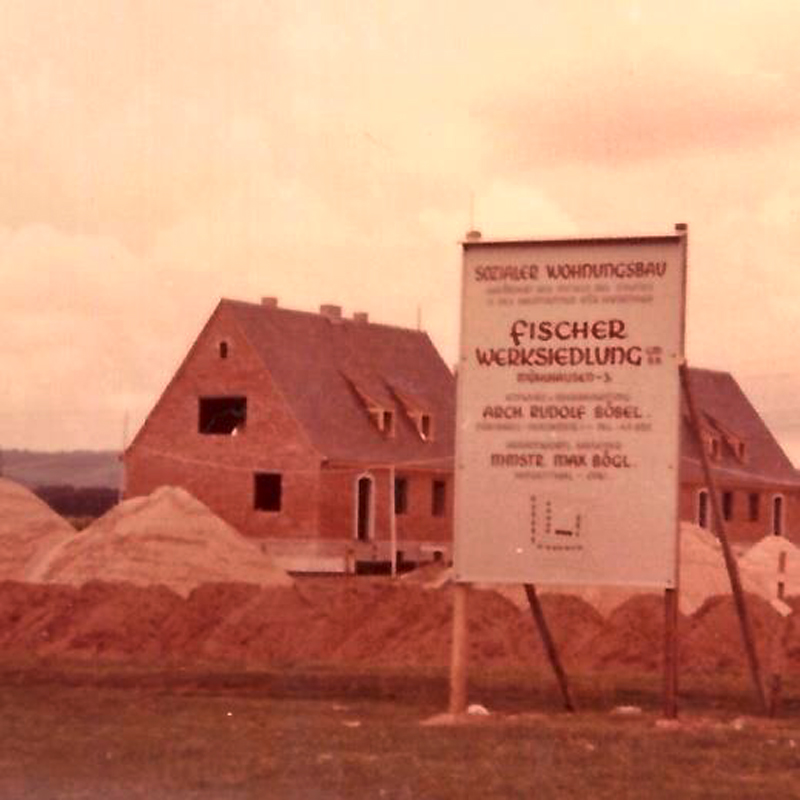
1948
THE FISCHER HOUSING ESTATE
In order to create accommodation for the increasing number of its employees, some of whom are still housed in the refugee camps, FISCHER starts building a factory housing estate in 1948. On the southern edge of Mühlhausen, a settlement of similar semi-detached houses is gradually built until 1956, which is still called Fischersiedlung today. In honour of its founder, a Kurt-Fischer-Strasse has existed there since the 1970s.
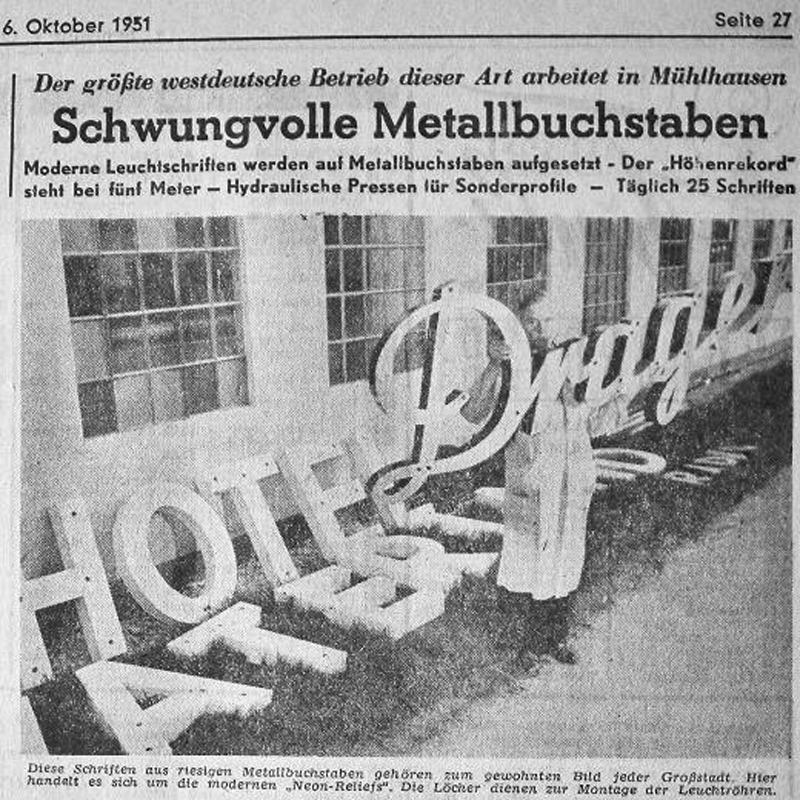
1950
LARGEST WEST GERMAN COMPANY
The upswing at FISCHER picks up momentum with sweeping metal letters. Metal letters for neon signs are produced in all shapes and sizes for the whole of Europe. The previous height record is 5 metre high letters. Such mammoth lettering is particularly popular on the roofs of factories and hotels. The KARL FISCHER METALLWARENFABRIK produces about 25 letterings in various sizes every day.
In a special edition about "Bavaria's economy" the Süddeutsche Zeitung writes: "Today the Fischer company is probably one of the most modern equipped metal goods factories for chipless forming with all kinds of presses up to 500 tons pressure as well as the latest sheet metal working machines. A bonder and lacquering plant enables the processing of thermal lacquers and thus the best surface protection. About 200 workers, of which more than 70% are refugees, will be employed in the production facilities of about 6000 square meters. The production program includes lighting fixtures, drawn, pressed and stamped parts (for a large part of the Bavarian automotive industry), relief fixtures for neon letters and banners as well as metal advertising letters. In this field the company is one of the most important special factories in Europe."
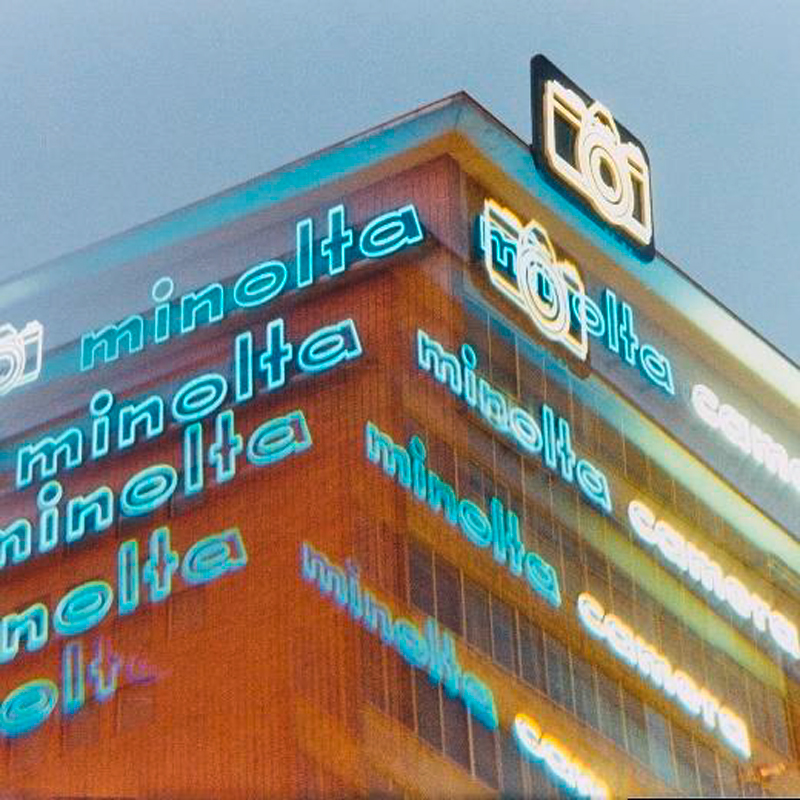
1950 INSIGHT
THE NEON TUBE AT THE PEAK OF ITS RADIANT POWER
A neon tube is - as the name suggests - a fluorescent tube filled with neon. The noble gas neon (after the Greek word neos = new) was discovered - after other noble gases - in 1898 as a component of air. In 1909, the French physicist, chemist and industrialist Georges Claude (1870-1960) developed the first neon lamp. In this process, the gas in a glass tube is excited to glow by high electrical voltage. The colour of the light emitted by a neon tube depends on the gas in the tube. Pure neon always glows intensively red-orange, other noble gases glow in other colours. Since only neon was used in the early days, the name "neon tube" has become so common that it is still "misused" as a synonym for all types of luminous tubes. For blue "neon tubes", a mixture of neon, argon and an addition of mercury is usually used. Other colours are produced with coloured glass and/or with white or coloured luminescent substances which are applied to the inside of the glass tube.
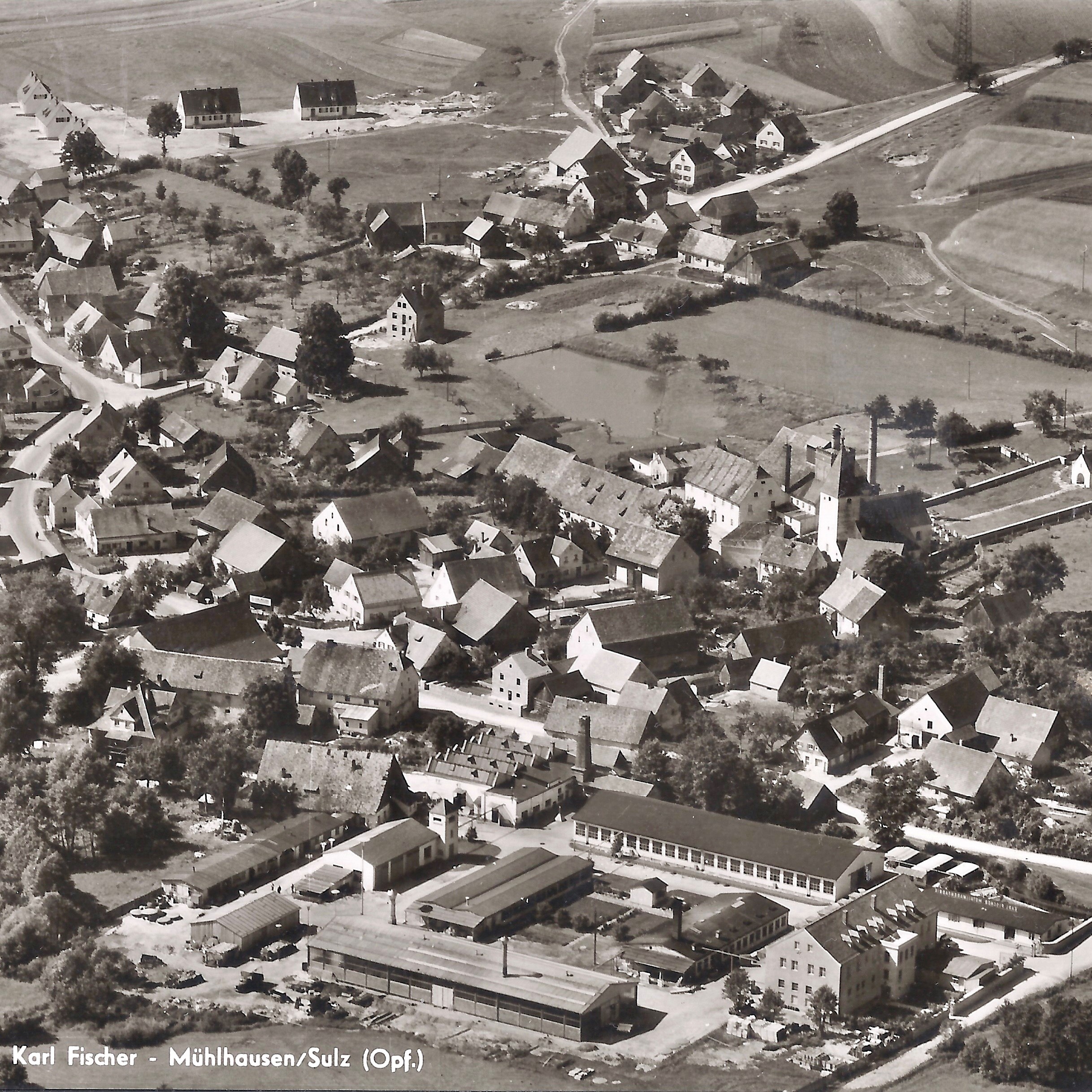
1951
METAL GOODS FACTORY KARL FISCHER
The aerial photograph from 1951 shows Mühlhausen, which was built around the mill that gave it its name. The first houses of the FISCHER housing estate can already be seen at the top left. In the foreground the FISCHER factory premises - almost as large as the town at that time.
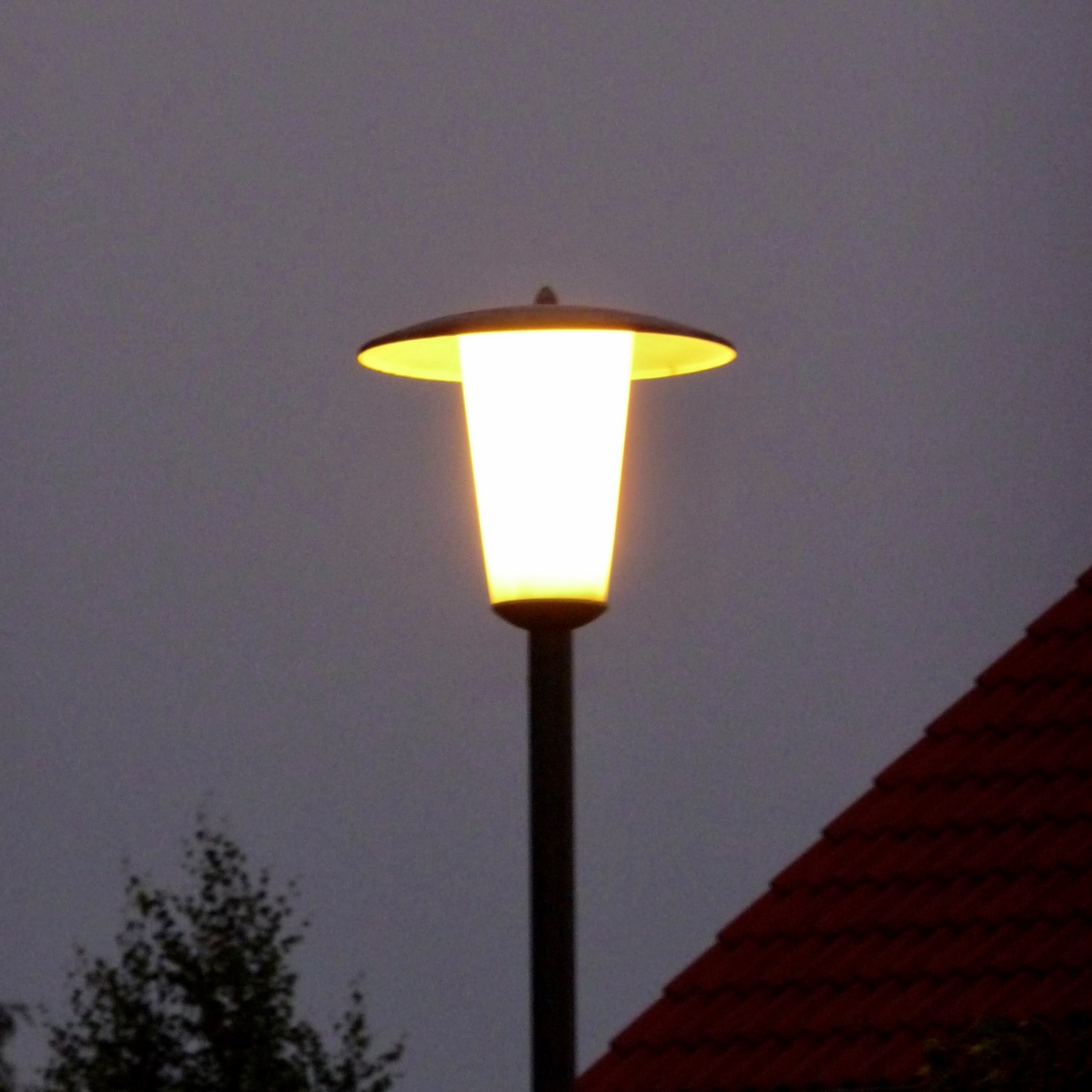
1952
MUSHROOMS FROM FISCHER ILLUMINATE CITY AND COUNTRYSIDE
In cooperation with SIEMENS, FISCHER builds street lights in the shape of mushrooms, the design of which can still be found in many towns and cities today. In 1952, FISCHER also gives its home town of Mühlhausen its first electric street lighting. This makes Mühlhausen the first town in Germany with less than 10,000 inhabitants to have neon street lighting. Even most large cities were not so brightly and safely illuminated at that time.
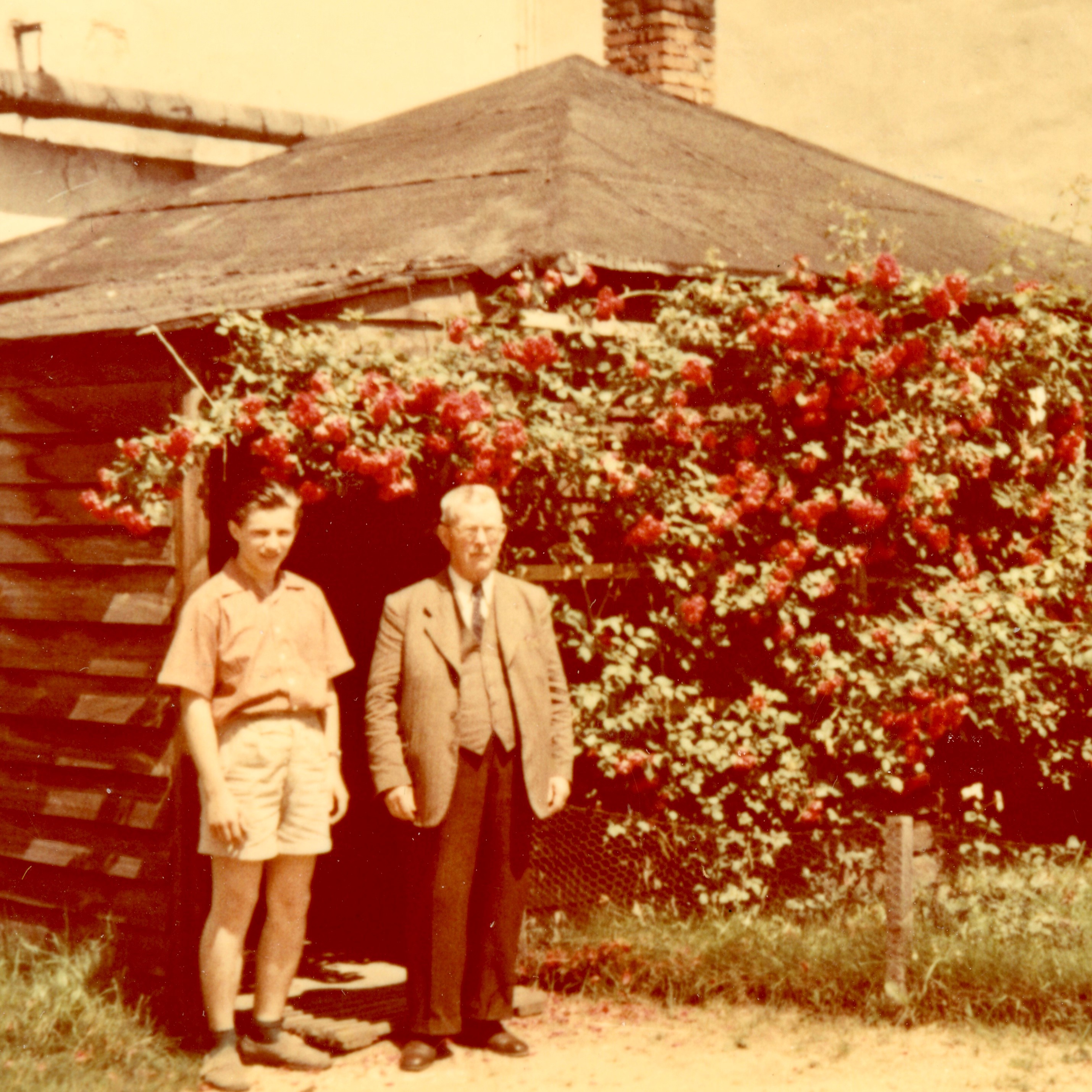
1954
THE NAME GIVER OF KARL FISCHER METALLWARENFABRIK SAYS GOODBYE
Karl Fischer had already gradually withdrawn from the business by the end of the 1930s. However, he still assists his son Kurt as an advisor. In an old wooden hut on the edge of the factory premises, he "pottered around", as his grandson Dieter says: his grandfather had worked on sheet metal there, tinkered with his ideas and kept chickens. "We were an industrial company with our own chicken farm," Dieter Fischer adds with a smile.
After a short illness, the senior boss, Karl Fischer, died on October 28, 1954 in Neumarkt Hospital at the age of 74. "An immense crowd" - as the Neumarkter Tagblatt writes on November 2, 1954 - says goodbye to him at the Protestant cemetery in Mühlhausen.
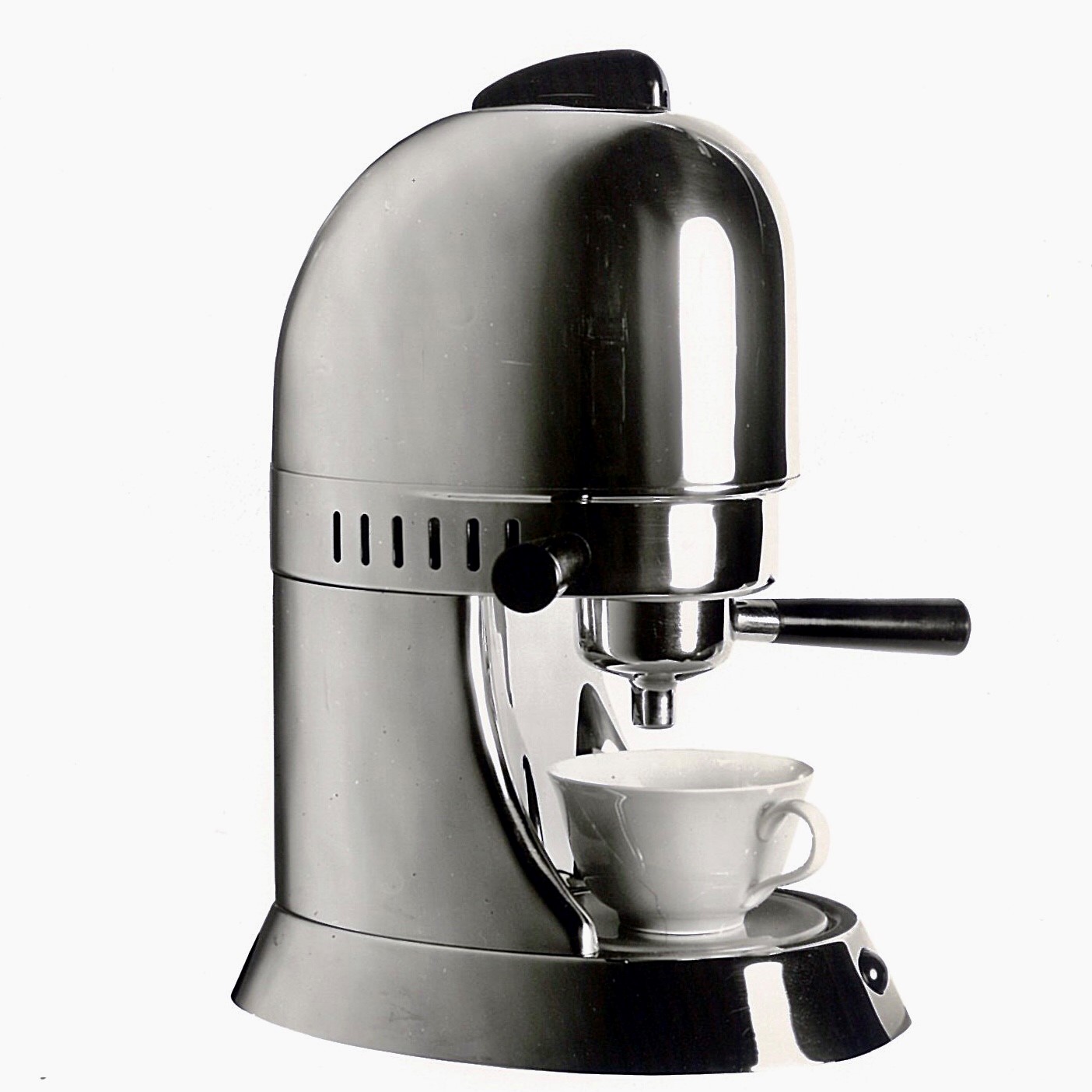
1955
AWARD-WINNING INDUSTRIAL DESIGN
Under the name "RAPIDO-ESPRESSO", FISCHER presents its espresso machine designed by Nuremberg designer Georg Gschwindt at the Hanover Fair in 1955. The Rapido-Espresso from FISCHER costs around DM 300 in the mid-1950s. FISCHER produces around 5000 to 6000 of these fine coffee machines.
For its timelessly elegant design, it is awarded the prize for "The Good Industrial Form" (Federal Prize for Good Form from the German Design Council). And in a 2007 book on the "History of Design in Germany" it is pictured as an example of outstanding design from the 1950s.
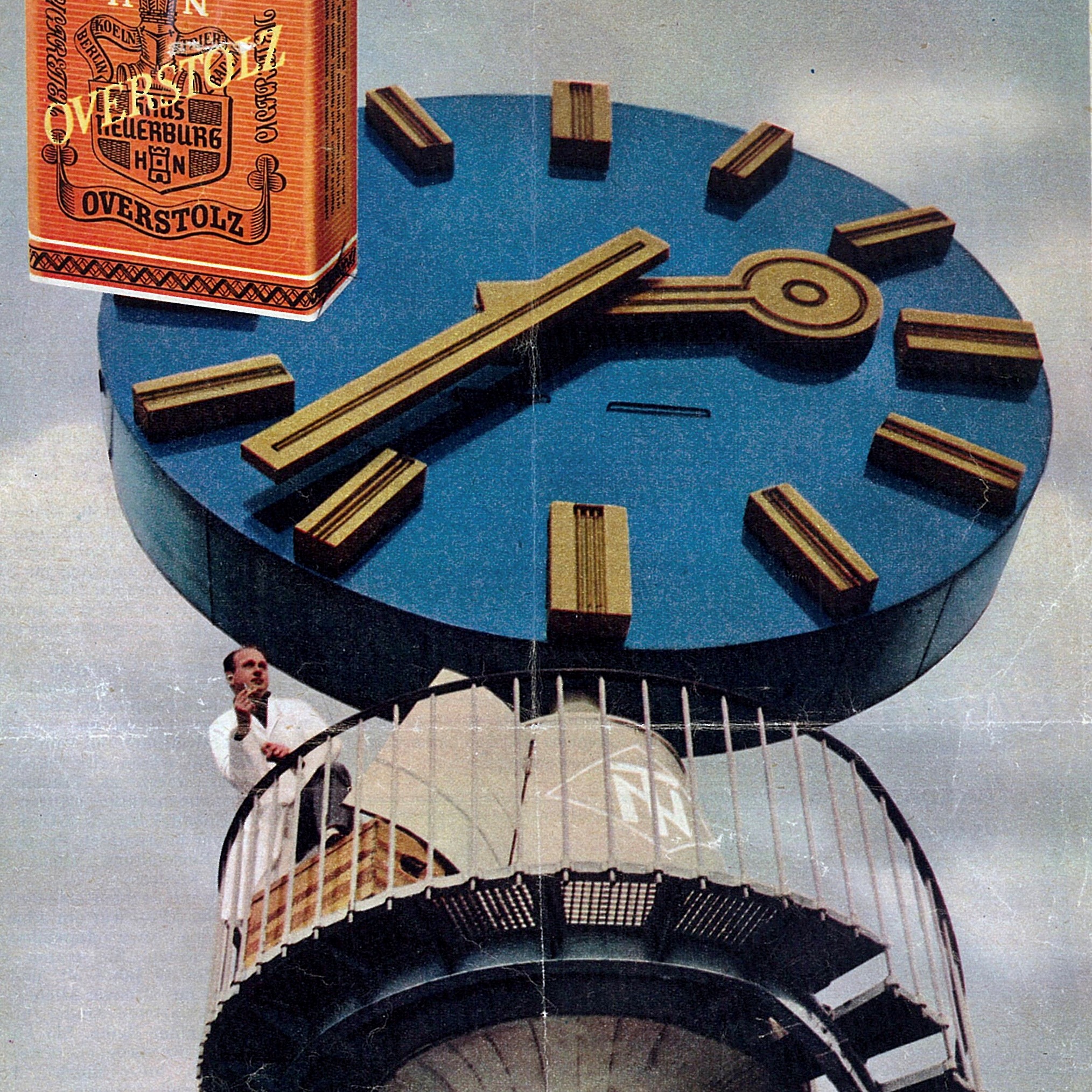
1956
FISCHER KEEPS UP WITH THE TIMES AND BUILDS CLOCKS
One of the largest systems manufactured by FISCHER in the 1950s and up to the end of the 1960s are the large electric clocks produced in collaboration with the Frankfurt-based Telefonbau und Normalzeit (T&N) company.
For the largest luminous clock in Germany, FISCHER manufactures the rotating base and the case with neon luminous numerals and hands. The clock has a diameter of 5.5 metres and a total weight of 6000 kilograms, with the minute hand alone weighing around 150 kilograms. In 1955, the giant clock was installed on top of the T&N factory building on Kleyerstrasse in Frankfurt (near the entrance to the main railway station). A spiral staircase leads up to the small concrete tower, above which the clock turns on its own axis three times a minute. At sunset, the neon lighting is switched on automatically. The new, glowing Frankfurt landmark can then be seen from a long distance.
For years, the pictured T&N giant clock serves for a successful advertising campaign for the cigarette brand Overstolz.
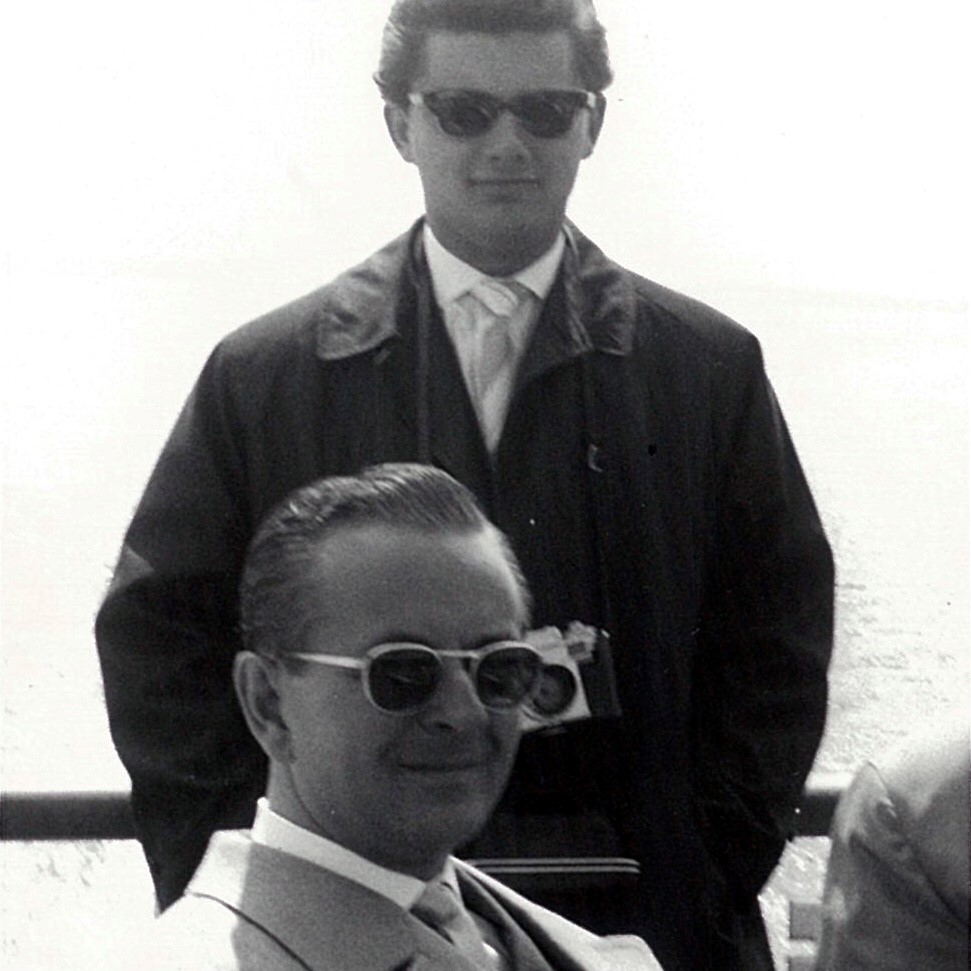
1961
THE FOUNDER GOES, THE COMPANY KEEPS GOING...
Much too early, at the age of only 51, the co-founder of the company, Kurt Fischer, dies of cancer in 1961. His son Dieter was studying mechanical engineering in Munich at the time and was preparing for his intermediate diploma. Much earlier than expected, at the age of just 25, he takes over the management of the company, which has 400 employees at the time.
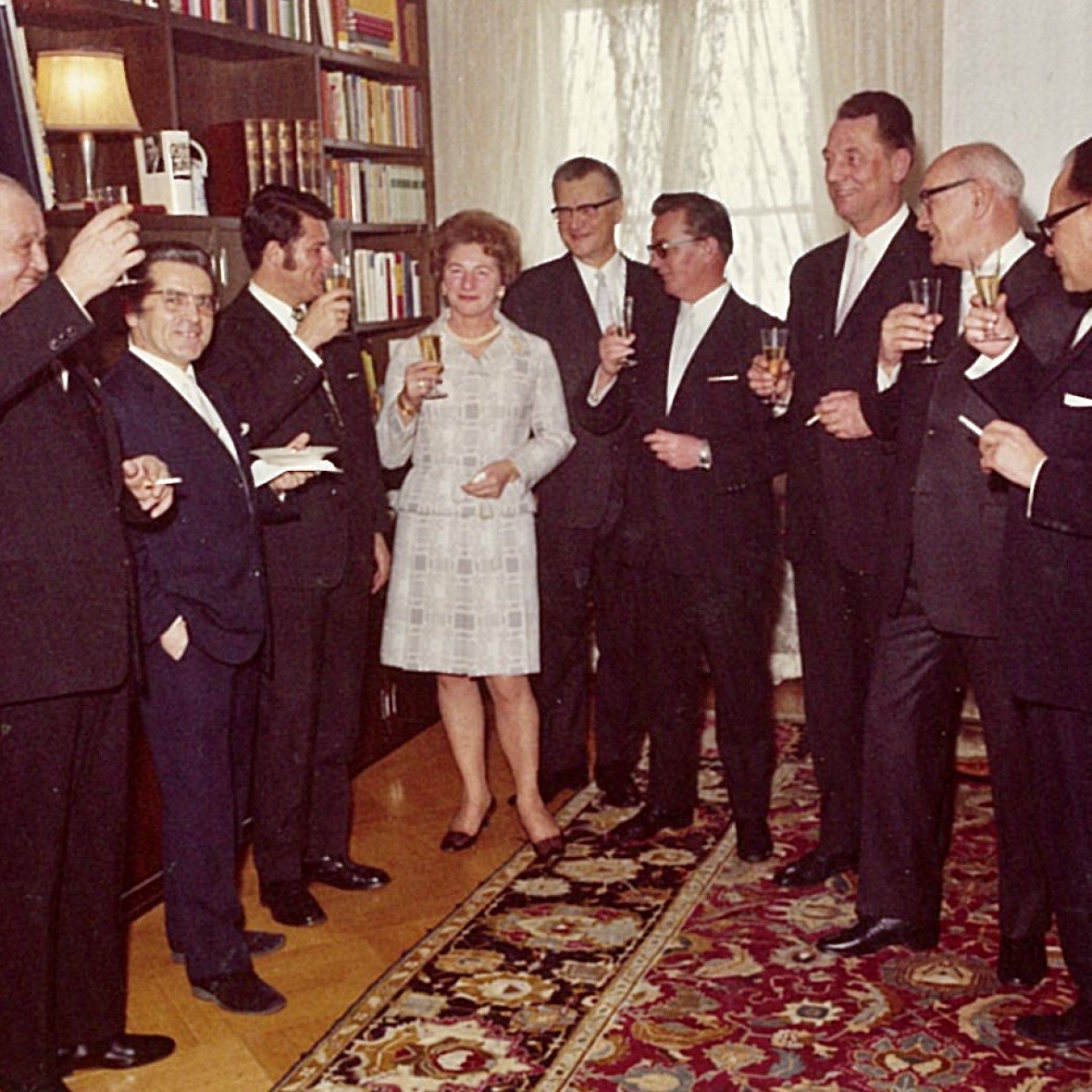
1961INSIGHT
THE WOMAN BEHIND THE COMPANY'S LEADERS
The young Dieter Fischer received active support from his mother Finny Fischer. Ever since her marriage to Kurt Fischer in 1934, she had managed the commercial side of the metal goods factory in Nuremberg.
In 1972 Kurt Fischer's widow Finny married the then Bavarian Minister of Finance, Dr. Otto Schedl, in Munich. In 1994, Finny Schedl died at the age of 87 and was buried in the Fischer family grave in Mühlhausen.
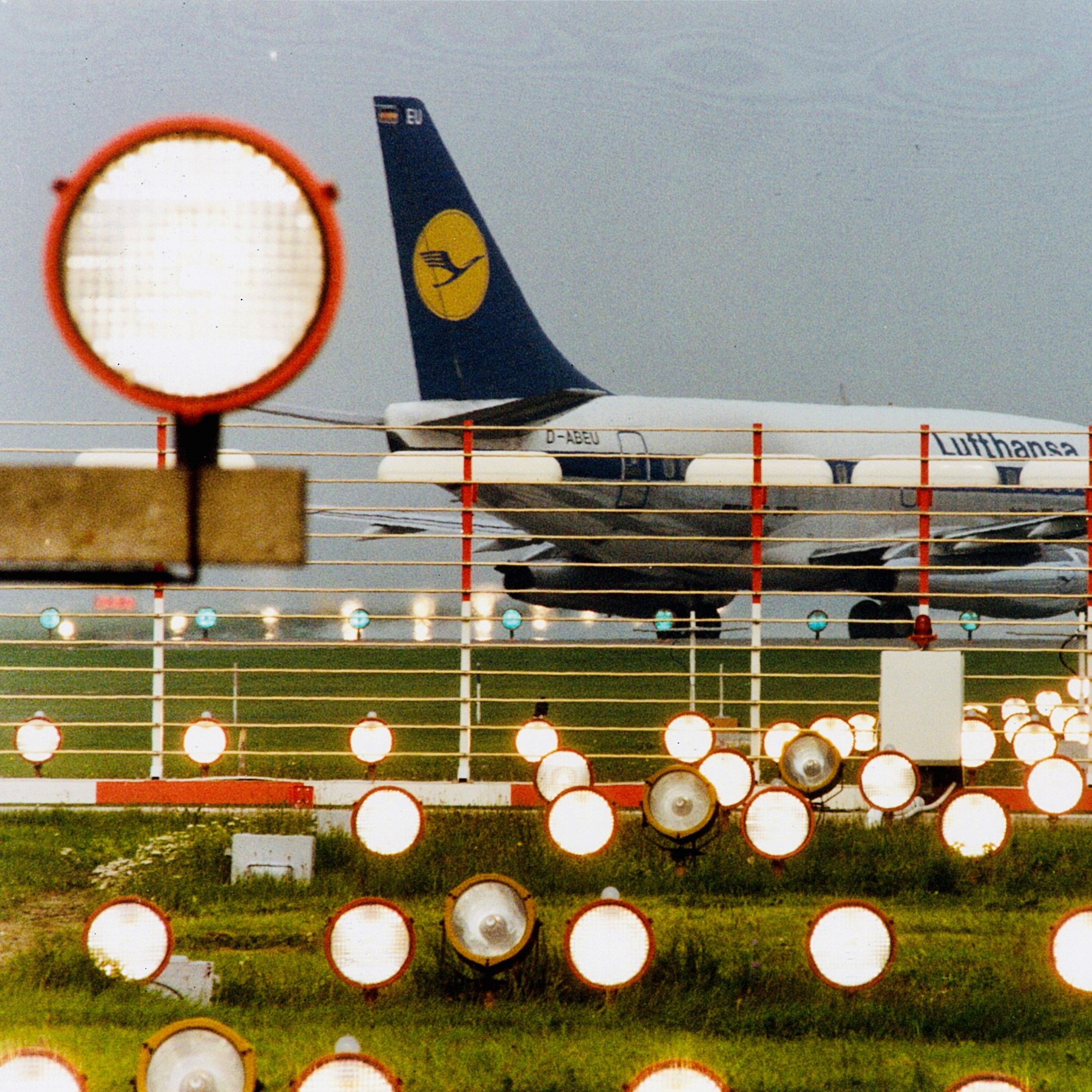
1962
FOR DECADES FISCHER HAS BEEN SIEMENS' EXTENDED WORKBENCH
Lighting for airports, stadiums, swimming pools, bridges and above and below ground roads as well as theatre lighting. In the 1960s, FISCHER was the largest supplier to Siemens and the world's largest manufacturer of airport lighting. Special luminaires in large quantities were produced for the group in Mühlhausen until the end of the 1990s.
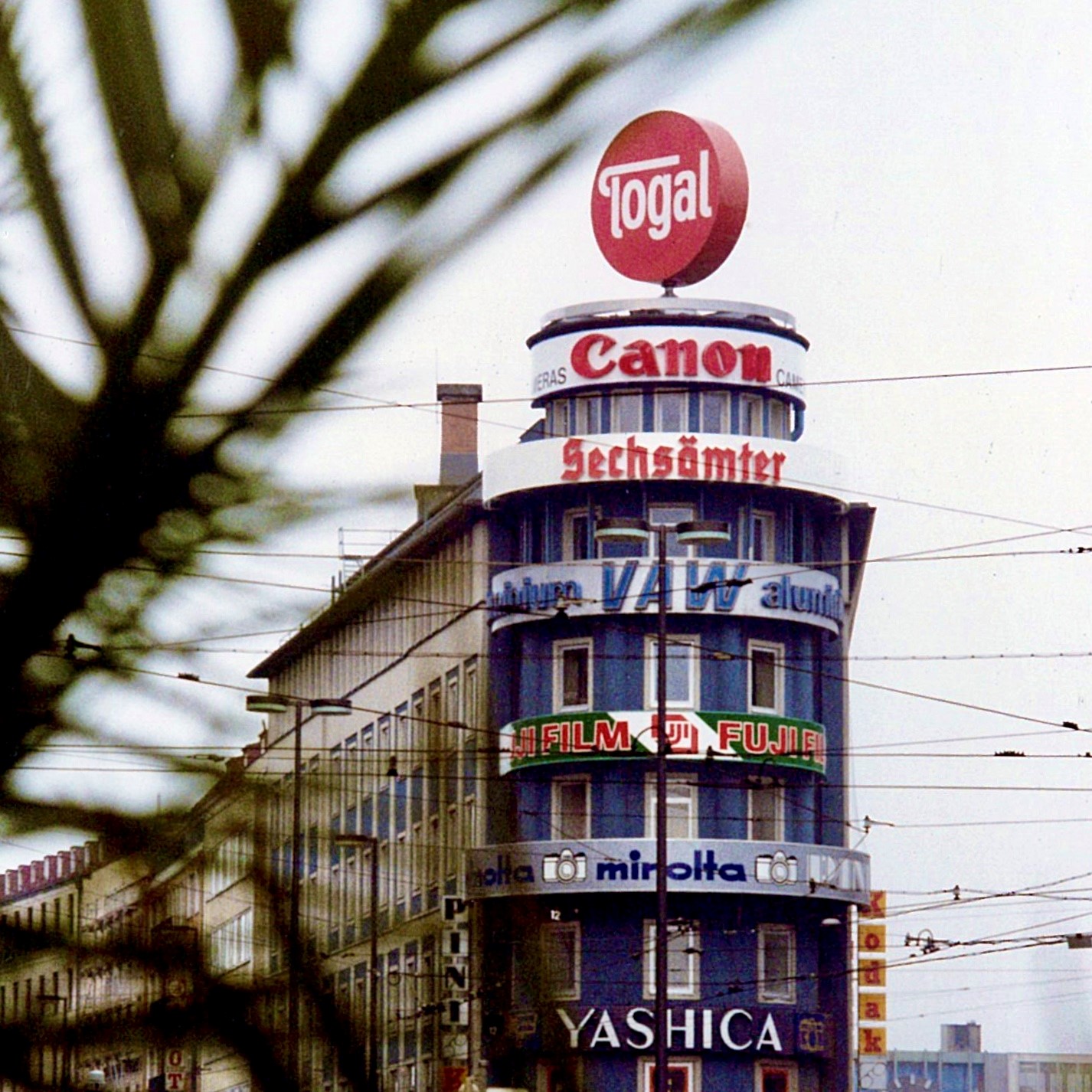
1963INSIGHT
ILLUMINATED ADVERTISING SYSTEMS BECOME LIGHTER - WITH UNBREAKABLE ACRYLIC GLASS AND CORROSION-RESISTANT ALUMINIUM
One of the greatest innovations in illuminated advertising at the beginning of the 1960s was the use of acrylic glass - chemical name polymethyl methacrylate (PMMA for short). As early as 1933, the German company Röhm & Haas introduced the sheet plastic to the market under the trade name PLEXIGLAS®. The transparent material can be used like glass, but has the advantage of being lighter and still relatively break-resistant. The neon tubes, which until then had been exposed, slipped under the Plexiglas cover. Acrylic glass is still used today for the production of illuminated advertising. As early as the beginning of the 1960s, FISCHER switches from the galvanized sheets originally used in illuminated advertising to the lighter, corrosion-resistant yet stable aluminum. "We were very early with this," says Dieter Fischer, "because we already had experience with aluminium through the construction of aircraft parts in the 1930s." The signage systems are therefore lighter and easier for the customer to install.
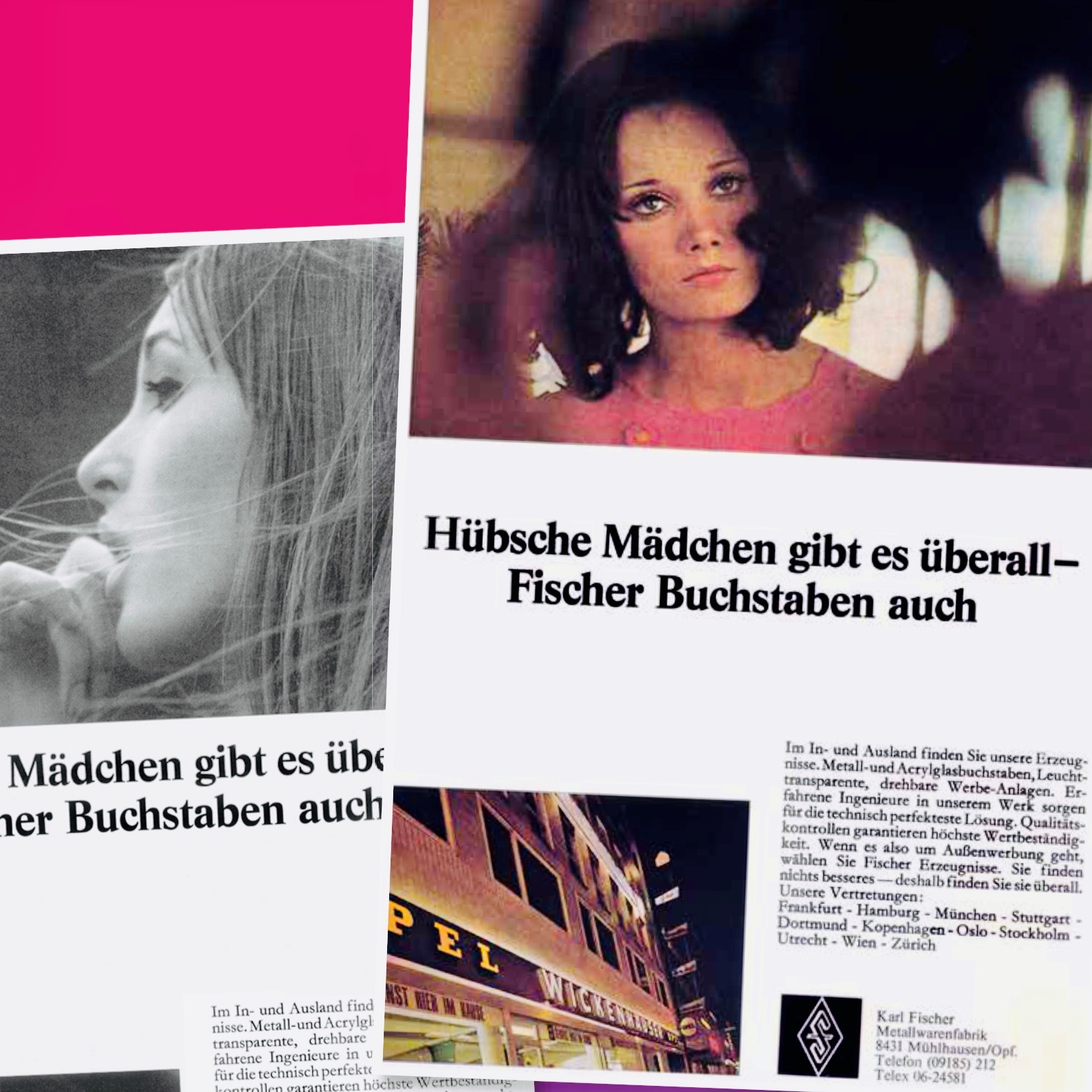
1967
PRETTY GIRLS ARE EVERYWHERE - SO ARE FISCHER LETTERS
From the 1960s to the beginning of the 1970s, FISCHER advertises with the "pretty girls" - for example in full-page advertisements in colour or black and white in the trade magazine "Lichtwerbung" - for its agencies in Frankfurt - Hamburg - Munich - Stuttgart - Dortmund - Copenhagen - Oslo - Stockholm - Utrecht - Vienna - Zurich
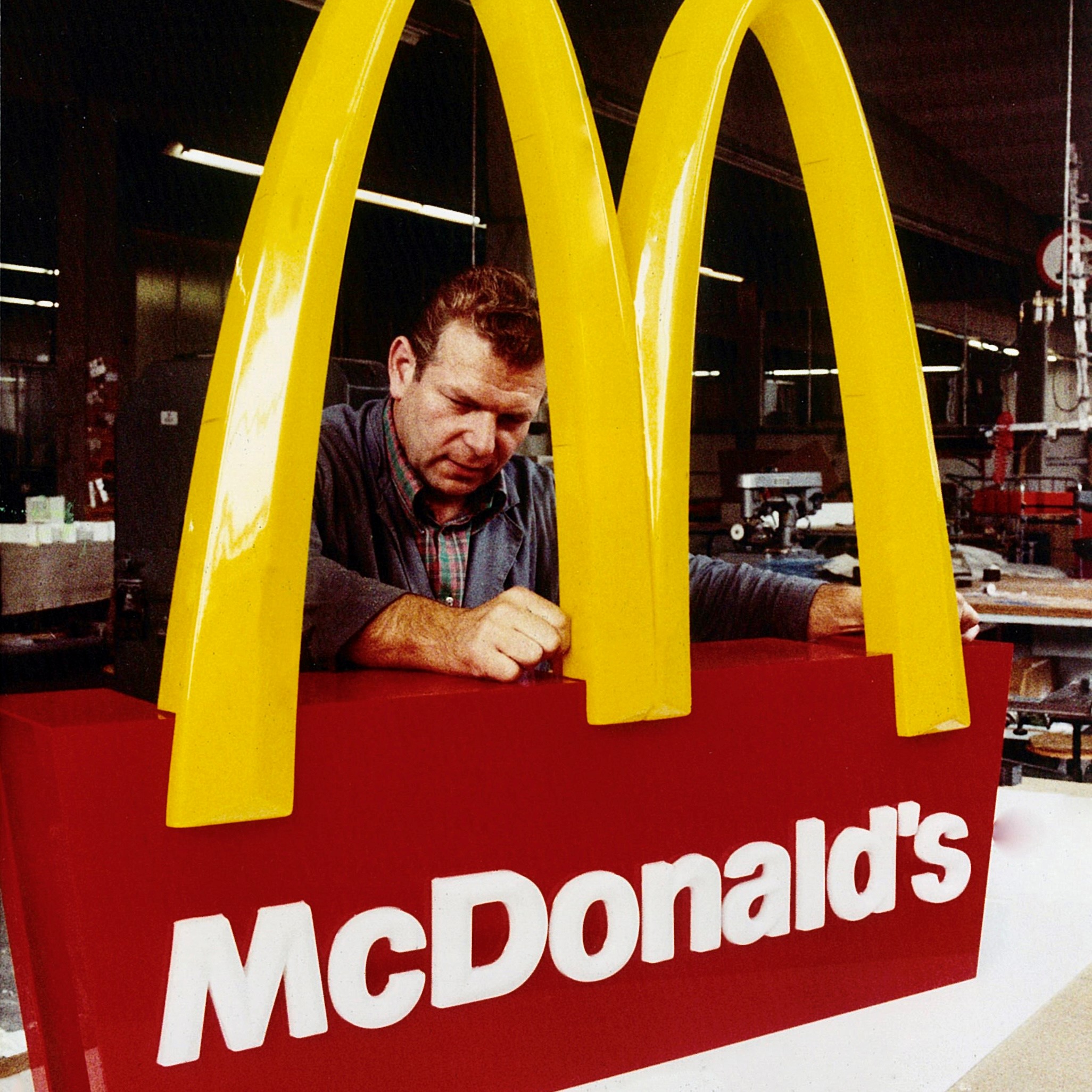
1971
EUROPE-WIDE SUPPLIER FOR MC DONALD'S
The very first McDonald's branch in Germany, in the Giesing district of Munich, was built by FISCHER. By 2003, FISCHER had completed all the illuminated installations for the American fast-food giant throughout Europe. Beyond Europe's borders, 1200 branches are equipped with lettering and the "Golden Arches" - for store identification and on metre-high advertising towers.
Around the turn of the millennium - at the time of the BSE crisis - McDonald's issues a new Europe-wide invitation to tender for external labelling. FISCHER can no longer compete on price with Germany as a production location and loses this major customer, which has grown over the years, in one fell swoop.
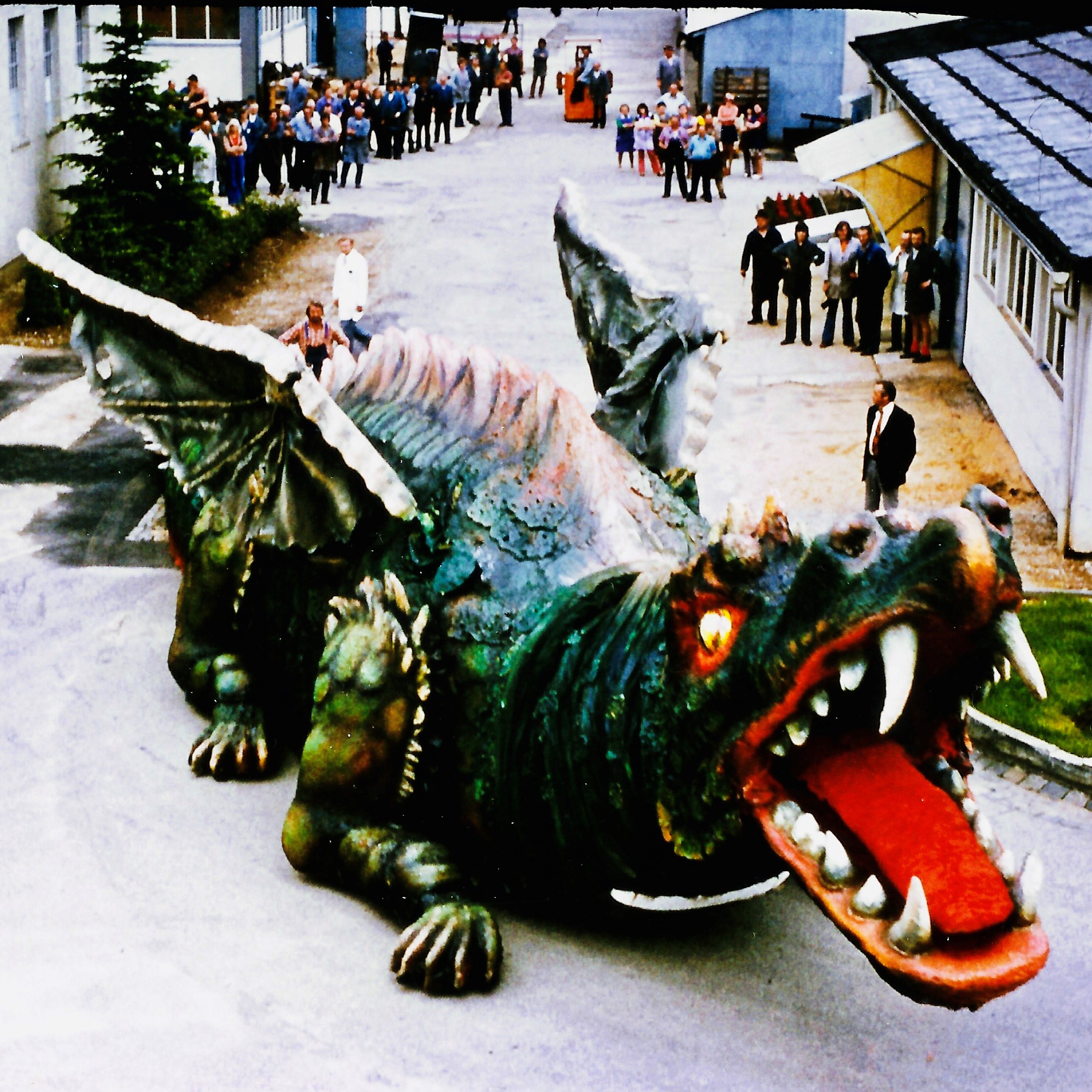
1973
THE FURTHER KITE HATCHES FROM THE EGG IN MÜHLHAUSEN
One of the most unusual orders that FISCHER has carried out comes from Furth im Wald. The small Bavarian town on the Czech border orders a fire-breathing dragon. Every year in August, the Further Drachenstich takes place there - not only the oldest festival in Germany, but probably in the whole of Europe.
The lindworm, which weighs 9 tons and is 19 metres long, is moved by a forklift truck hidden inside. Using a hydraulic system, it can also move its massive limbs, roll its eyes dangerously, open its mouth to reveal its fangs and move its 1.5 metre long tongue.
The FISCHER Further dragon was in use until 2010 and is now in the dragon museum in Furth im Wald.
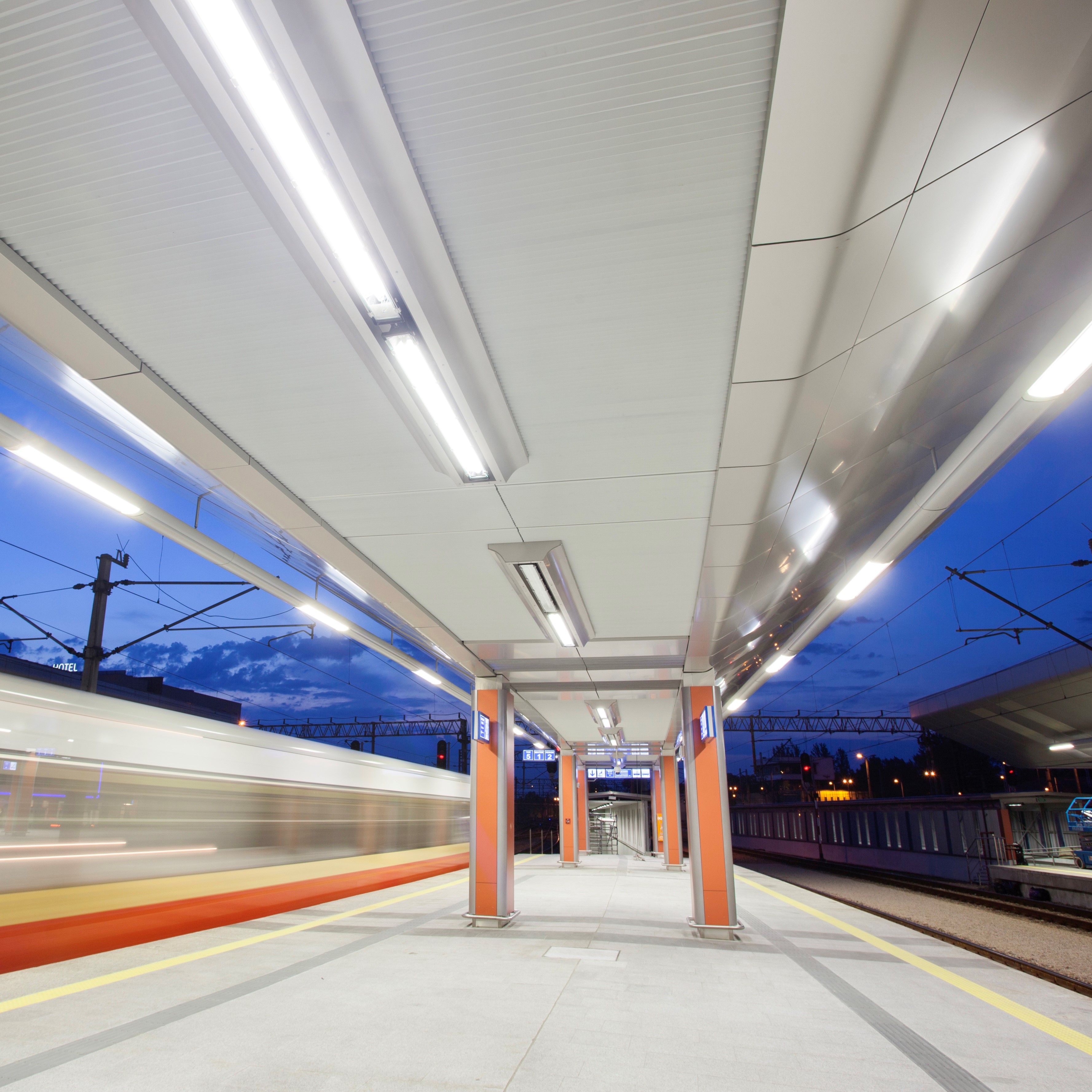
1976
LIGHTING SYSTEMS FROM FISCHER
At the beginning of the 1970s, FISCHER developed new lighting systems for the German Federal Railways and equipped numerous railway stations with them. To this day, our LIGHTING SYSTEMS are successfully used in railway stations, underground and suburban railway stations, congress and shopping centres and public squares, where they ensure safety.
1985
THE COMPANY CONTINUES TO GROW
The production of illuminated advertising systems continues to expand. FISCHER produces everything from the smallest individual system, to series equipment for restaurant chains, major banks, companies in the textile and food industries and other sectors of the economy, to huge large-scale systems and advertising towers.
Metal components are manufactured in series for the automotive, electrical, mechanical engineering and lighting industries as well as for manufacturers of medical equipment.
In series production, FISCHER has the necessary know-how - and is always at the cutting edge of technology. A sophisticated production planning system ensures that orders are processed perfectly, and the industrial machinery enables the company to offer its customers optimum prices for increasing quantities.
Production halls are being renovated or completely rebuilt, and the company is becoming increasingly automated.
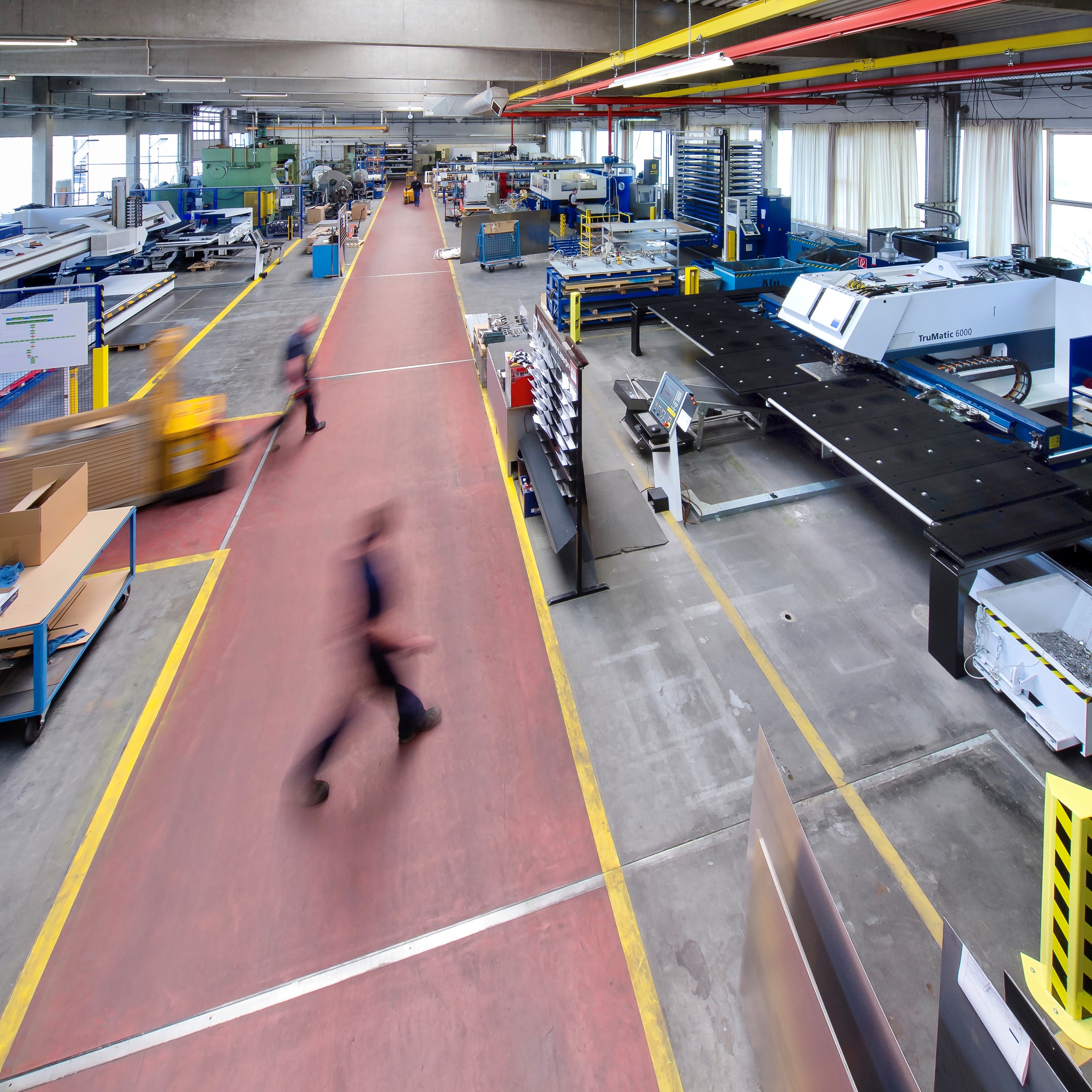
1999
"METALLWARENFABRIK KARL FISCHER" BECOMES "FISCHER LICHT & METALL".
The first and largest production hall M1 of the metal goods factory FISCHER is newly constructed by first building over it and then gutting it. This construction method allows production to continue in the old hall for as long as possible while the new building is already being constructed around it.
In the same year, the company is given a new name, which emphasises the share of illuminated advertising in production and its importance for the company: "Metallwarenfabrik Karl Fischer" is renamed "FISCHER LICHT & METALL".
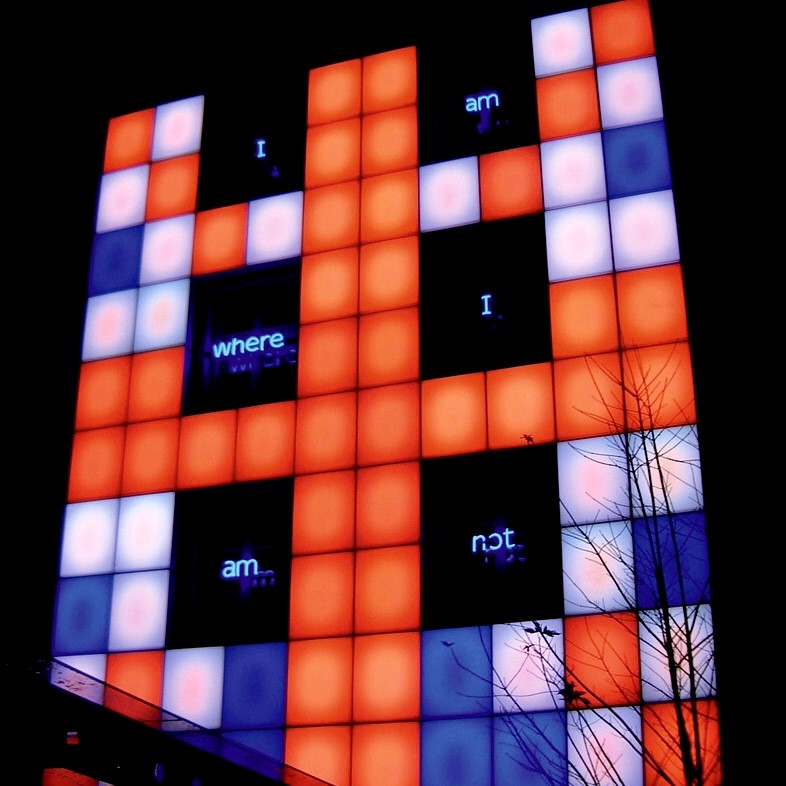
2002
World's first art façade controlled via the Internet
Since 2002, a house on Brienner Strasse in Munich has become a "canvas" for a special art project every evening. Under the motto "I am where I am not", every Internet user - wherever they are - can help to design the façade at the click of a mouse. The advertising agency Serviceplan, which has its headquarters in this "house of communication", developed the concept for this world's first art façade controlled via the Internet.
The 76 colour panels manufactured by FISCHER help to make Munich shine. The brightness and colour of each individual panel can be controlled and changed separately using specially developed software. In this way, new, luminous impressions are created again and again, and the art remains in constant motion. In 2004, the artist Tim Otto Roth received the renowned International Media Art Award in the category "Interactive" for his art façade project "I see what I see not".
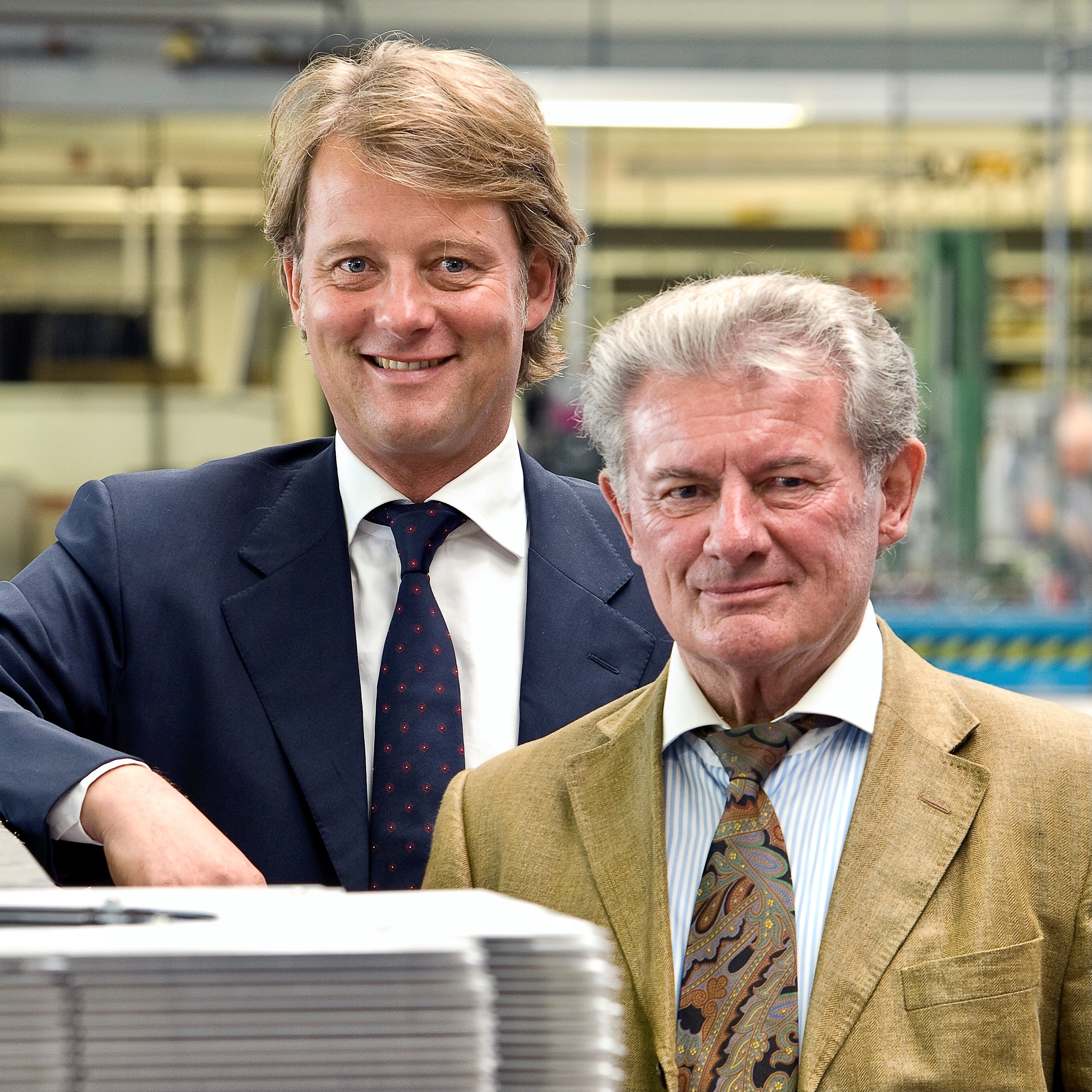
2004INSIGHT
HANDOVER OF MANAGEMENT FROM FATHER DIETER FISCHER TO SON STEPHAN
At the age of 68, Dieter Fischer retires from day-to-day business. But just as Karl Fischer did for his son Kurt, Dieter Fischer - in the proven tradition of the family business - continues to support his son Stephan as an advisor.
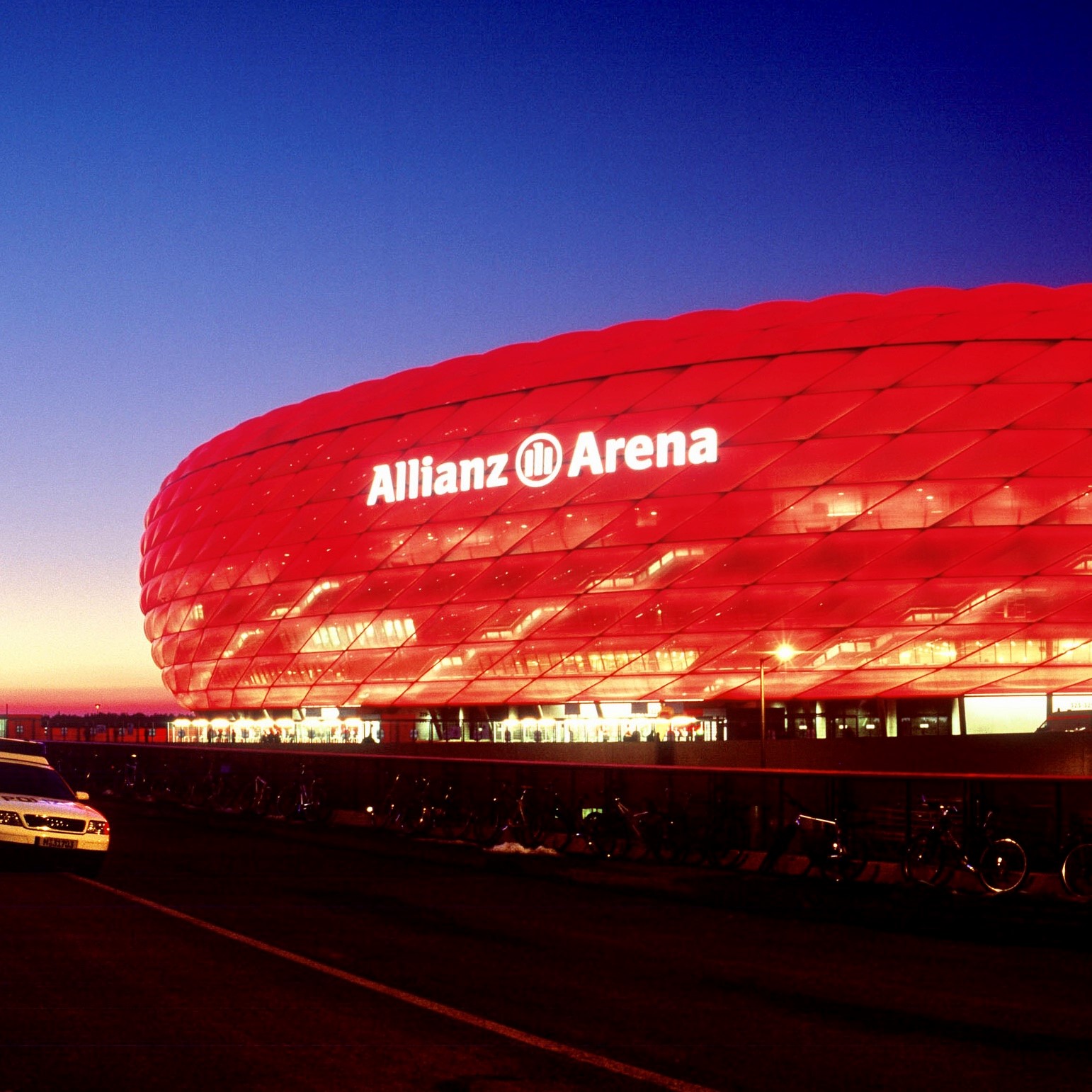
2005
the largest LED-illuminated advertising system in europe.
On April 18, 2005, the two Allianz Arena lettering systems, each with twelve illuminated letters and the stylized Allianz eagle, are installed at a height of 35 meters on the north and south sides of the outer facade. Each lettering is illuminated by a total of 155,400 dimmable LEDs: 44,100 blue and 111,300 white LEDs provide the desired lettering color - centrally controlled and in the appropriate contrast to the light color of the facade.
The letters, which are blue in daylight, are up to five metres high, 25 centimetres deep and weigh between 130 and 420 kilograms. Each of the two lettering units is 40 meters long, weighs three tons when fully assembled and is mounted on a steel substructure that is also 40 meters long.
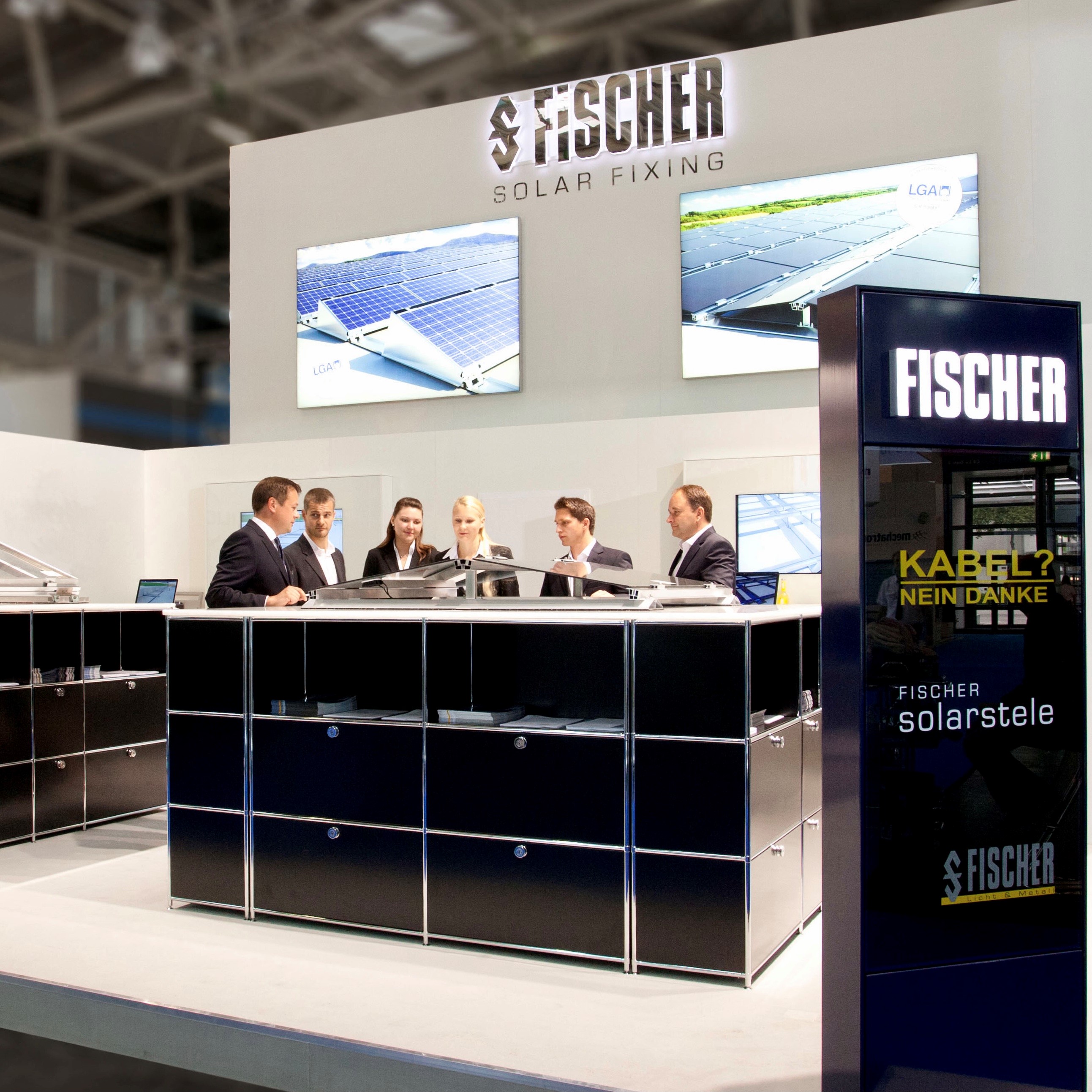
2007
SOLARTECHNIK
For flat and sloping roofs, FISCHER offers certified systems for the secure mounting of photovoltaic systems. FISCHER is familiar with the special challenges posed by wind, rain, snow load and ice formation from its illuminated advertising business. Added to this is the company's extensive experience in the industrial production of stable metal components, which have to meet the highest quality requirements in the automotive industry, among others.
FISCHER flat roof systems are available for both south and east-west orientation of the solar modules - without roof penetration. For the installation of framed solar modules on sloping roofs, FISCHER produces and supplies the entire range for every situation - as individual components or completely assembled mounting kits.
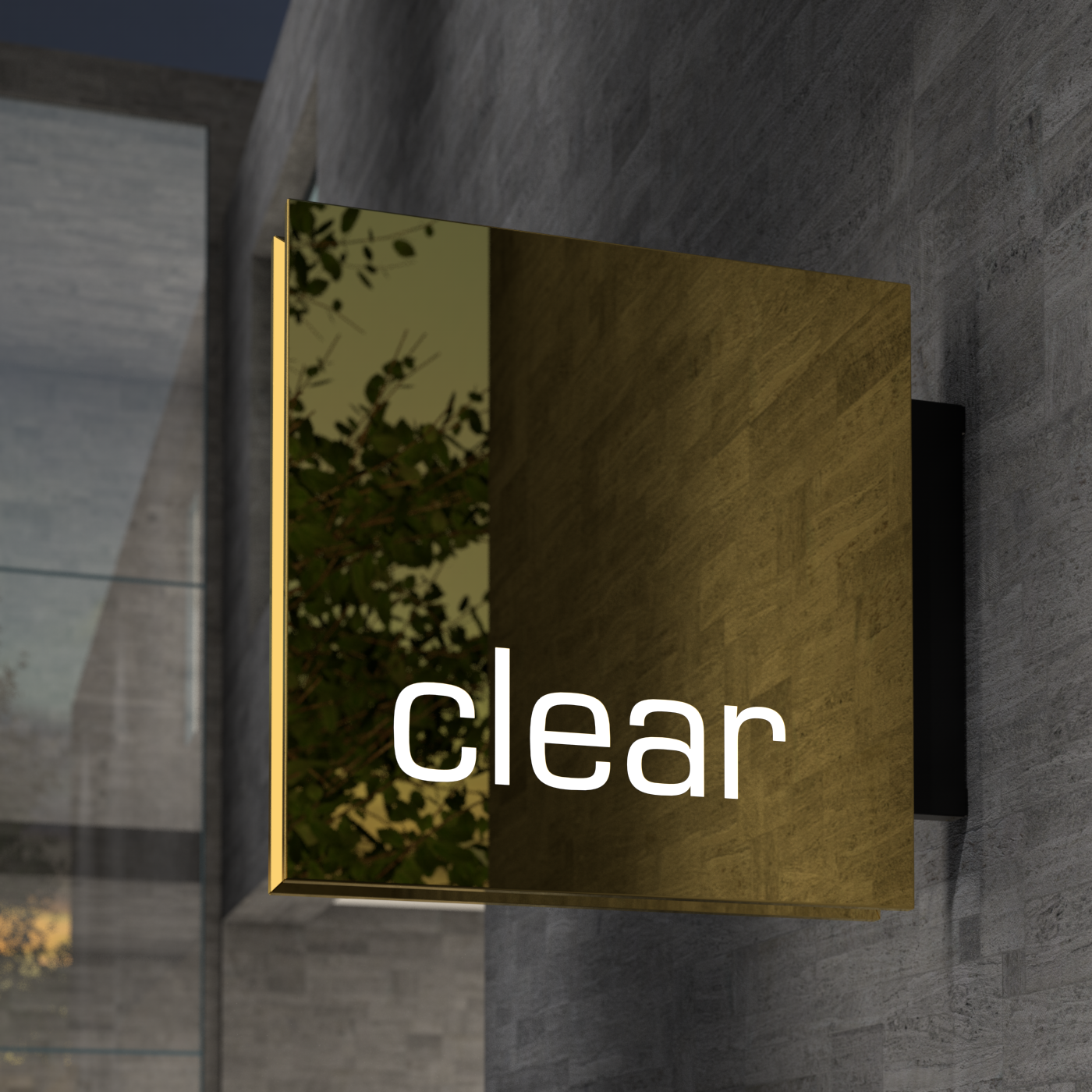
2014
F-DESIGN
At the European Sign Expo in Munich in May 2014, FISCHER presented Fdesign, a new type of signage system, and launched the first line, F01. A total of eight design lines are planned for the next few years. With particularly slim cut-outs, pylons and banners, FISCHER places great emphasis on appearance and ease of installation with Fdesign. At the market launch of F01, the surface has a shiny bronze colour - an allusion to the long tradition of metal processing in Mühlhausen. With Fdesign, FISCHER delivers high-quality industrial design that it can offer its customers - thanks to series production on state-of-the-art machines - at permanently low prices.
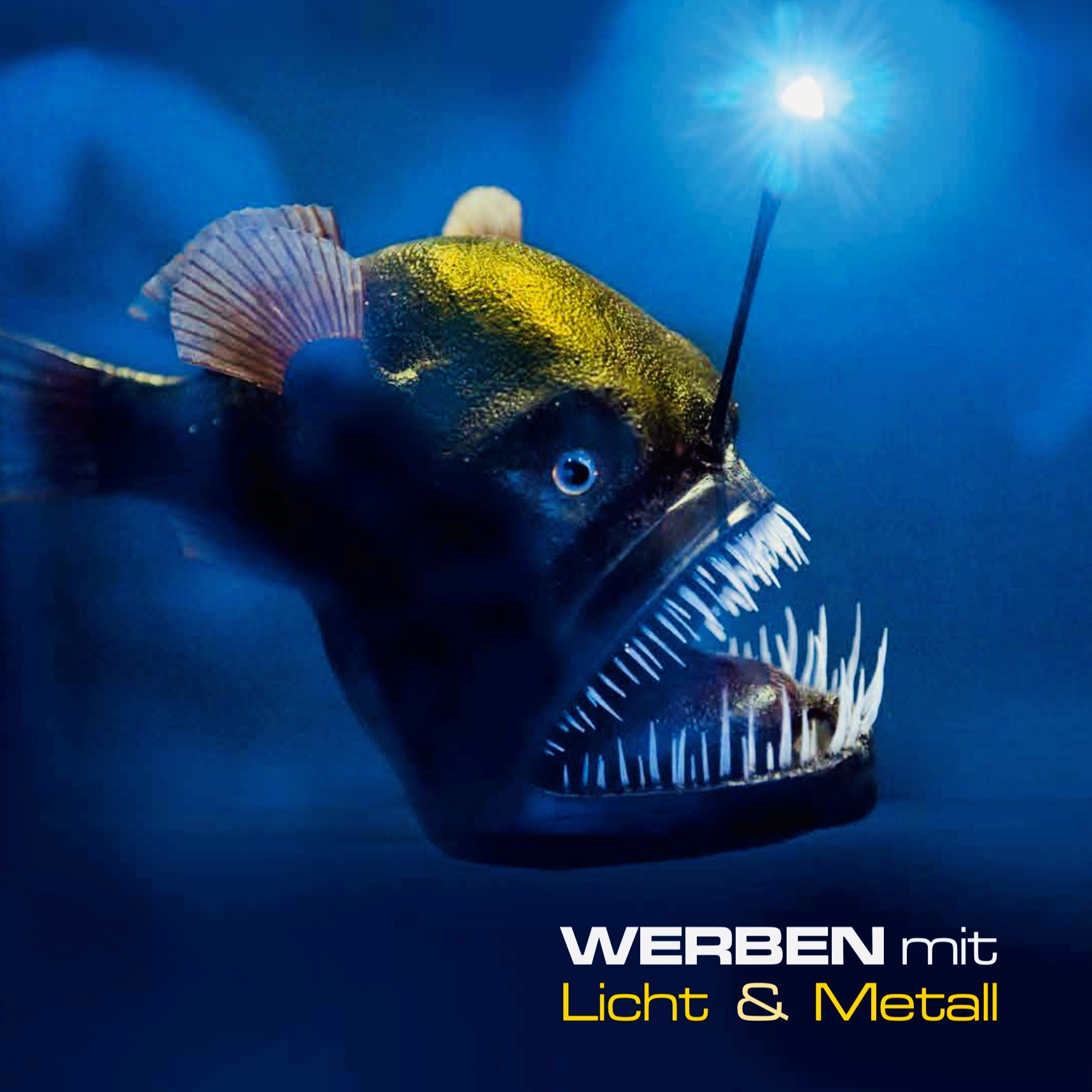
2015
LIGHT ADVERTISEMENT as a witness to the times
"The long way from the campfire to the LED." - This is the sentence with which "WERBEN mit Licht & Metall" begins. A book about the success story of illuminated advertising and its protagonist FISCHER LICHT & METALL.
The chronicle, with the striking angler fish on the cover, devotes 300 pages to the history of illuminated advertising. Illustrated with numerous exclusive pictures, the history of light of the past millennia is told in an entertaining way.
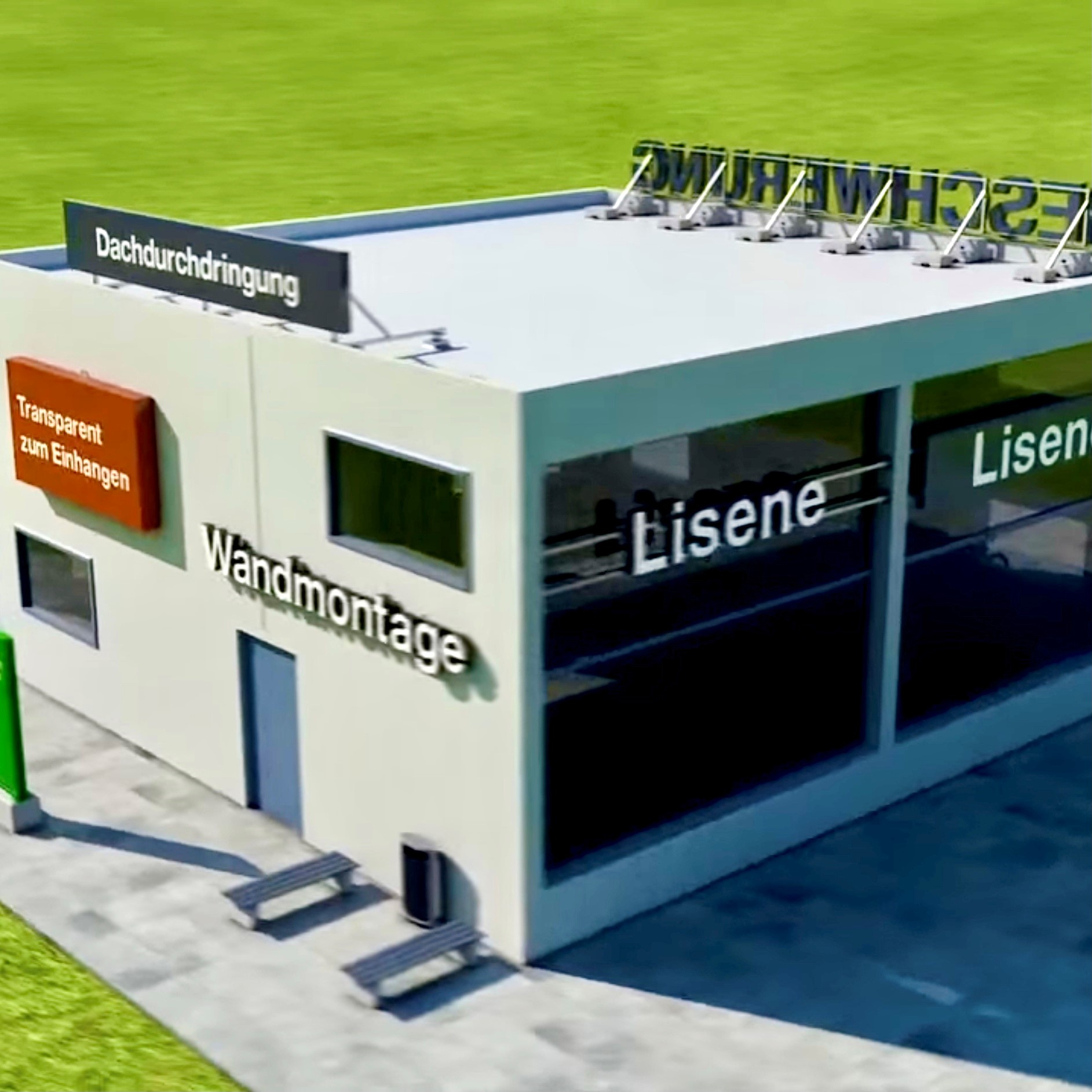
2017
ACADEMY
Training programme for regular customers of illuminated advertising - with the aim of impressively conveying the strategic success factors of competent sales of high-quality advertising systems.
Topics such as electrical engineering, mounting solutions and sales-promoting product presentation are taught directly on the product at the Mühlhausen plant.
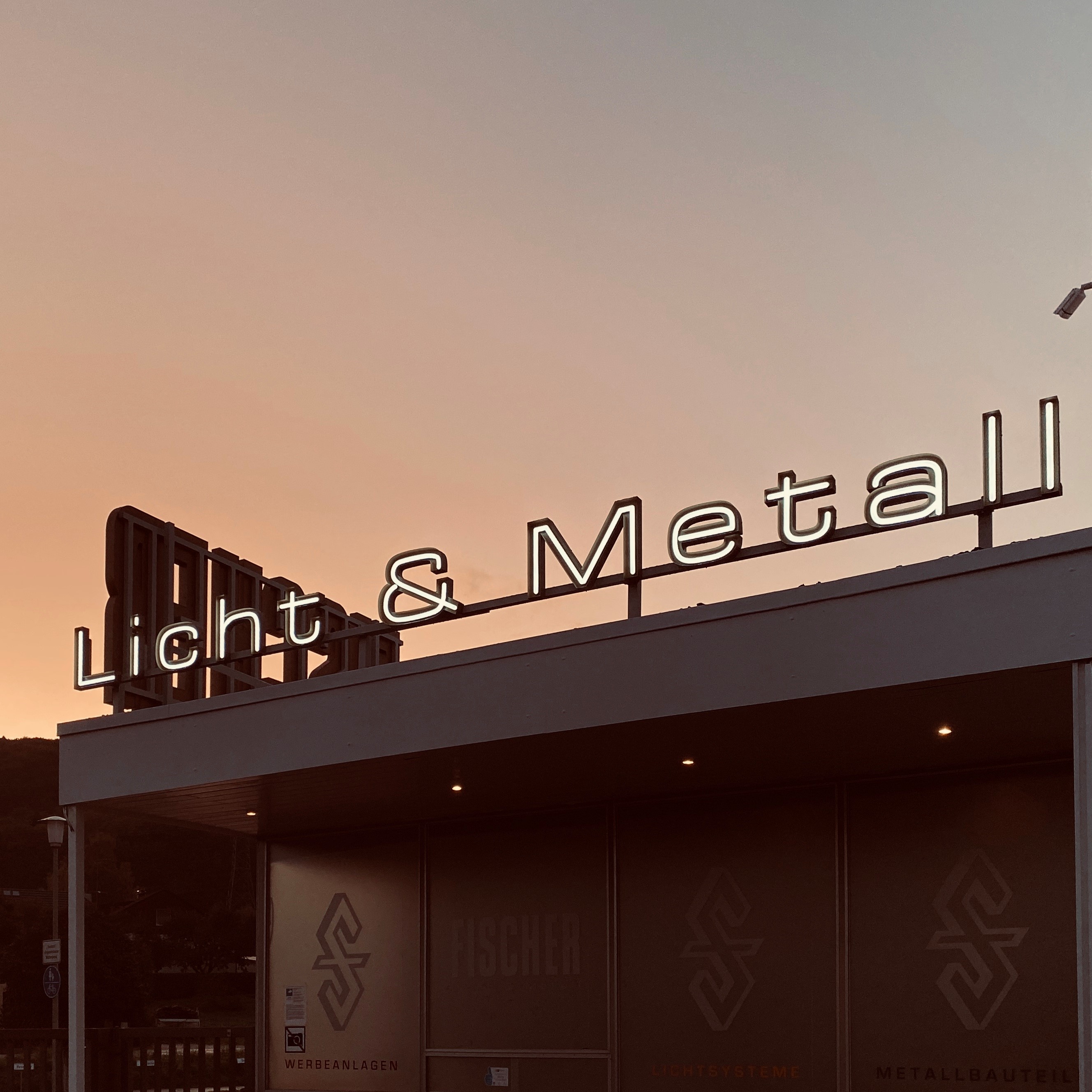
2020
LIGHT & METAL + PLASTIC
The product area of plastics is growing increasingly. The wide range of modern processing options and the competence in the combination with metal and light ensure FISCHER's unique selling point on the European market.
